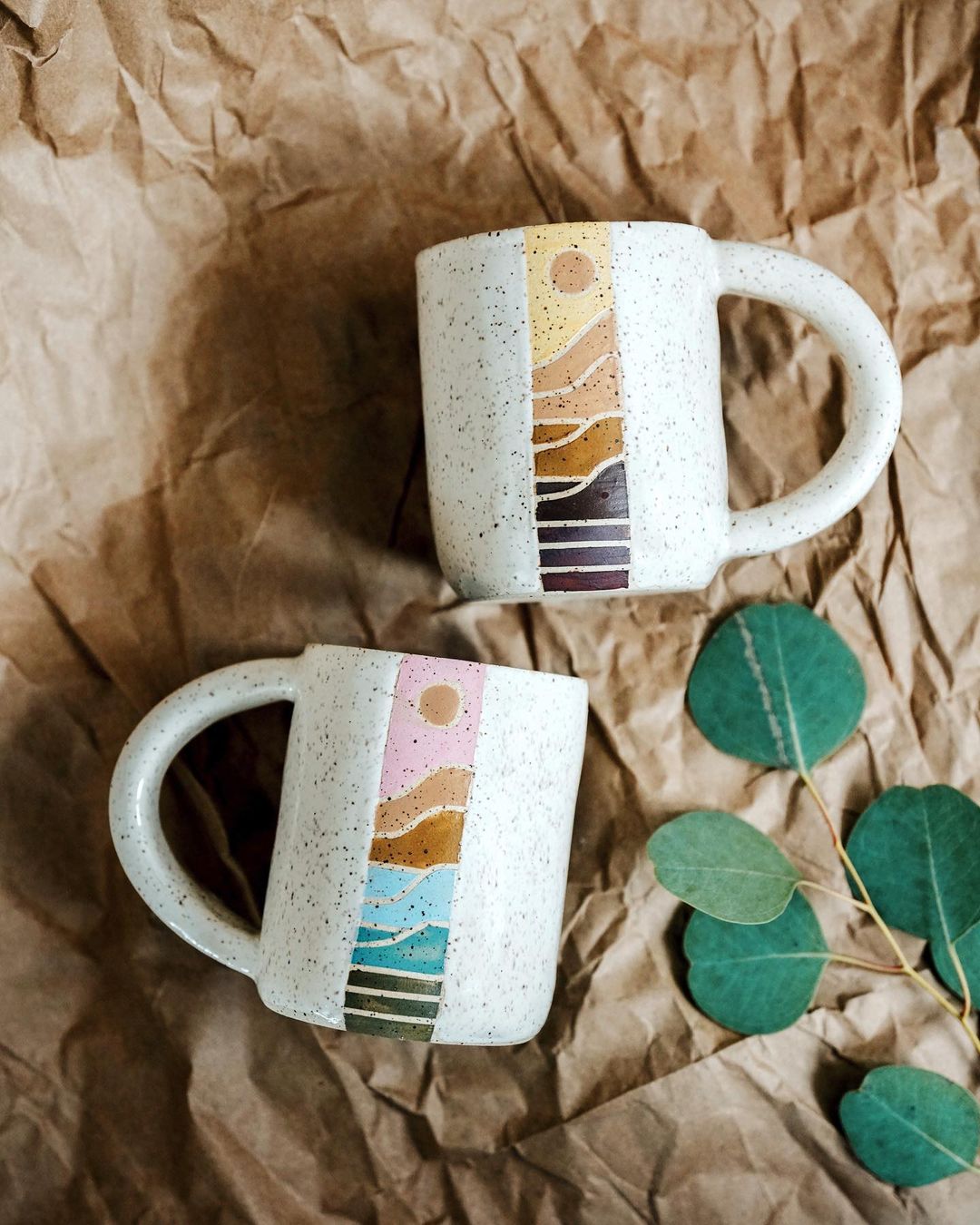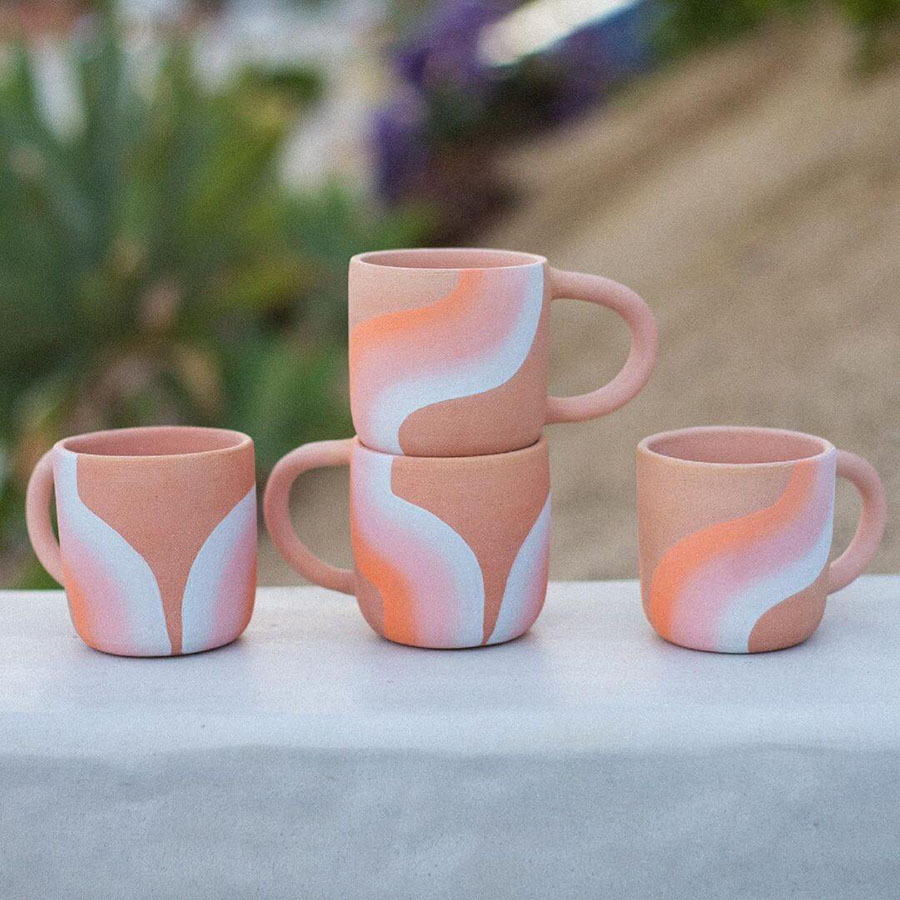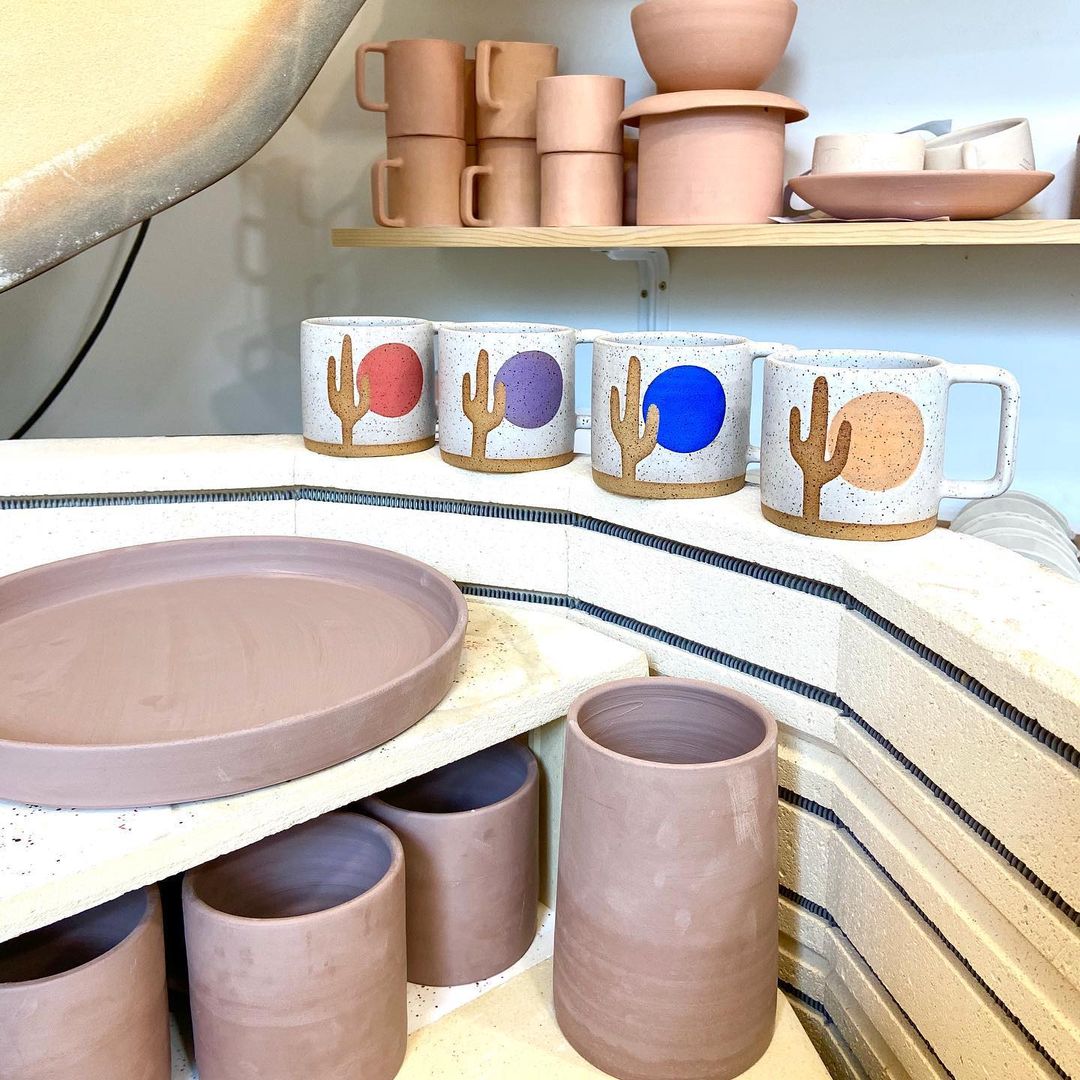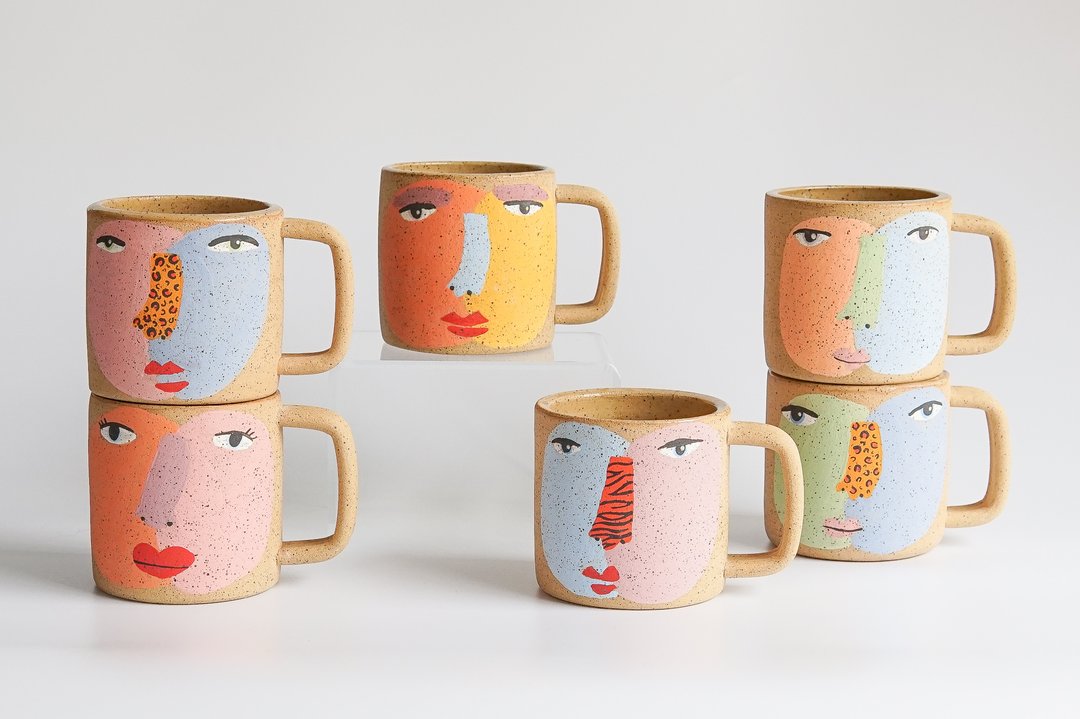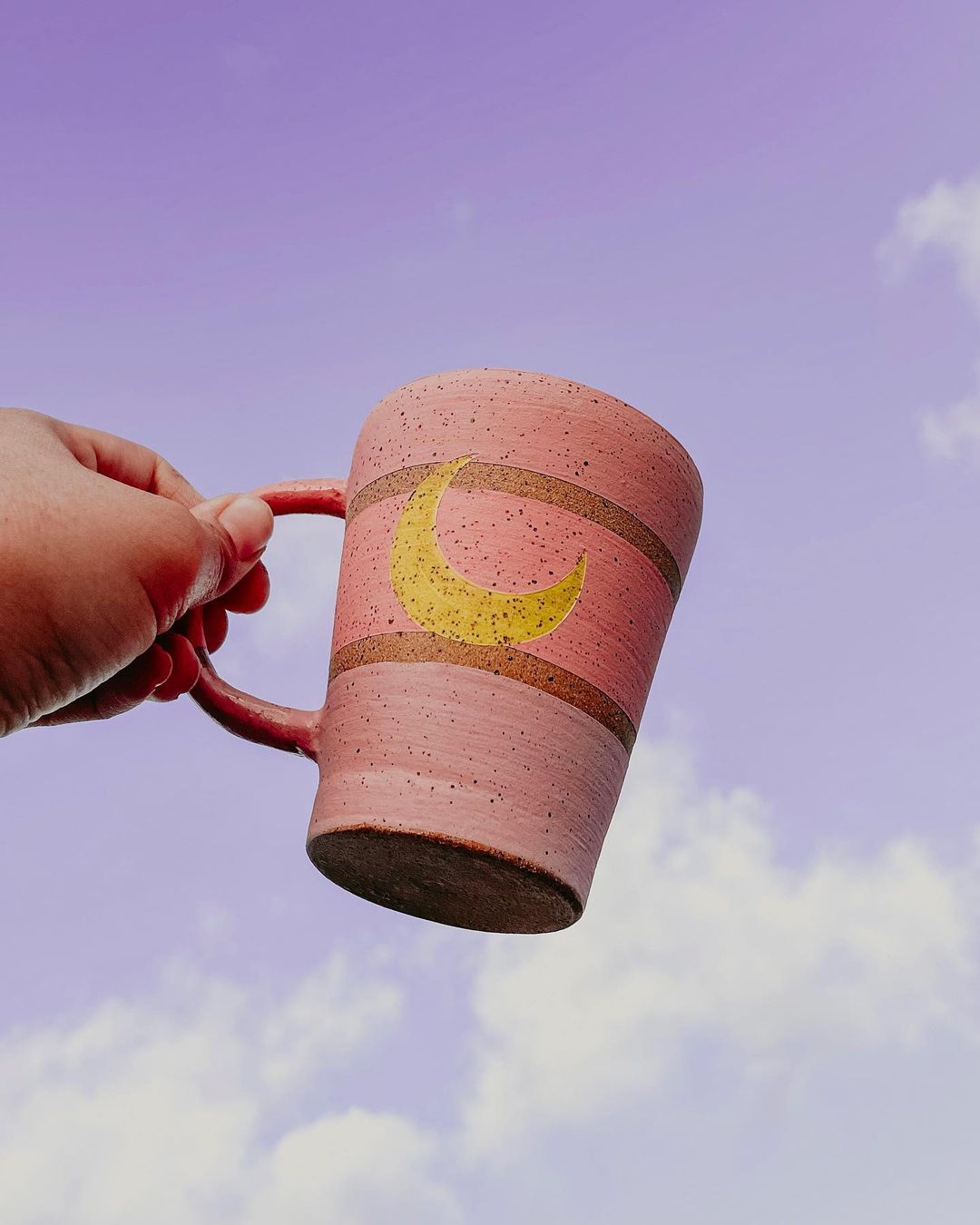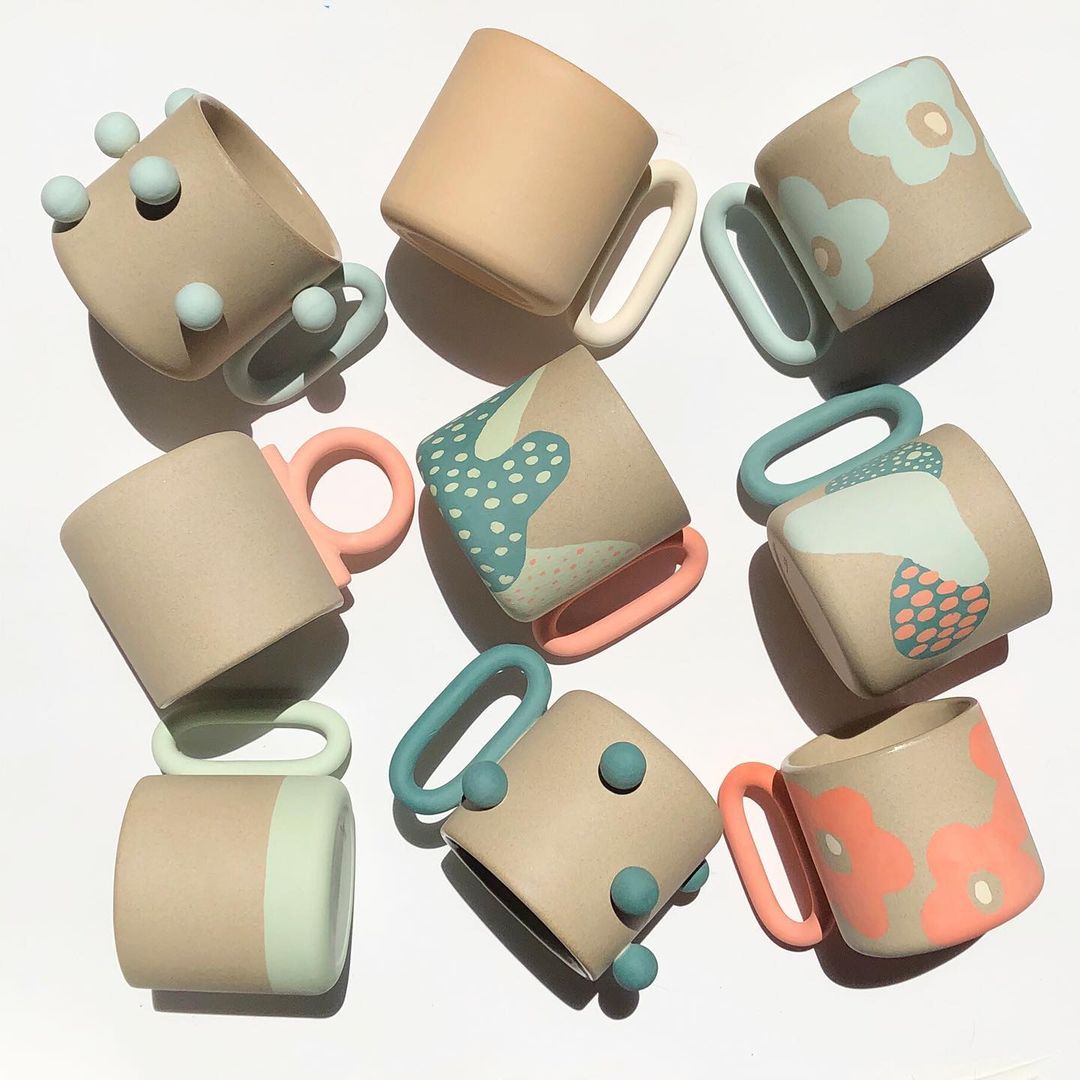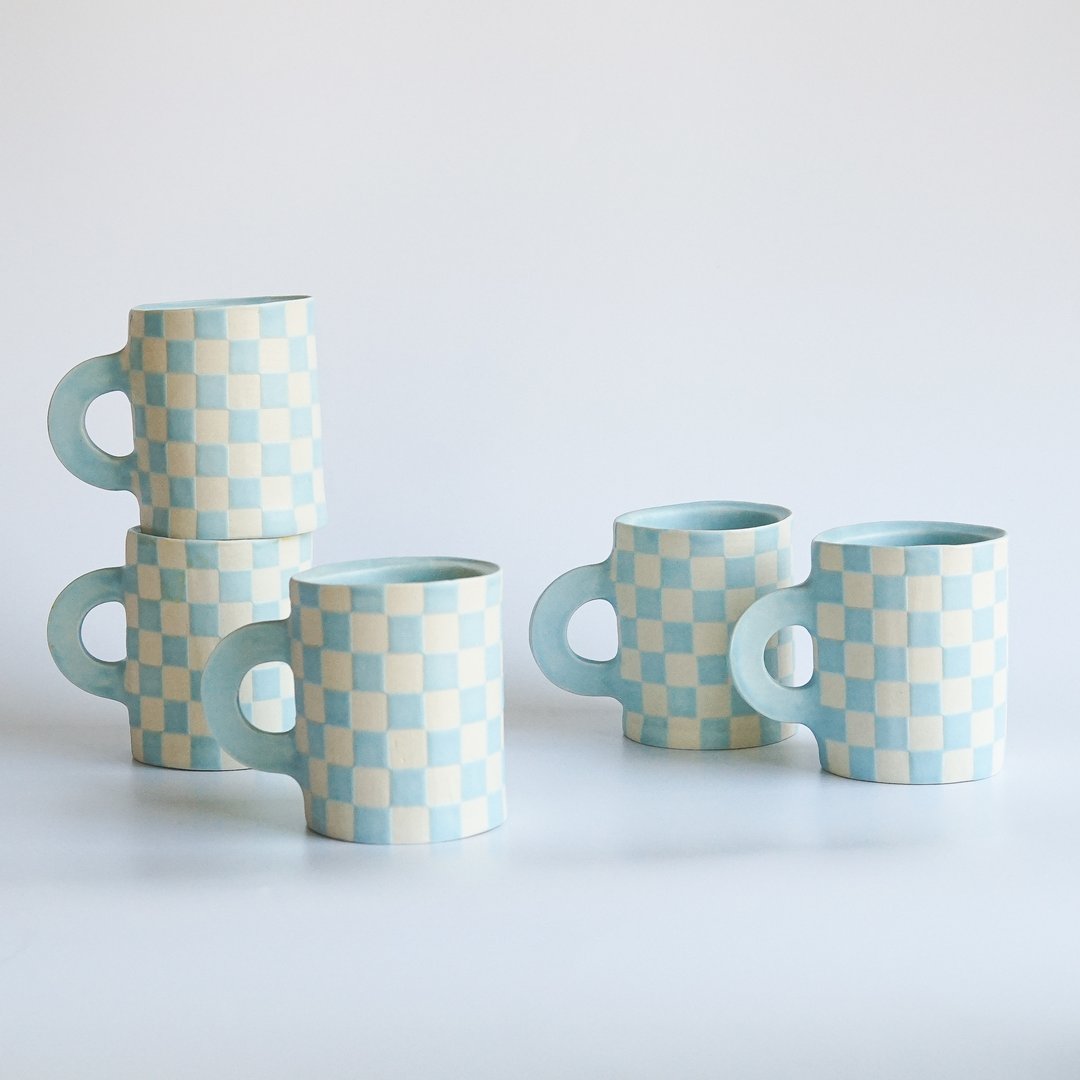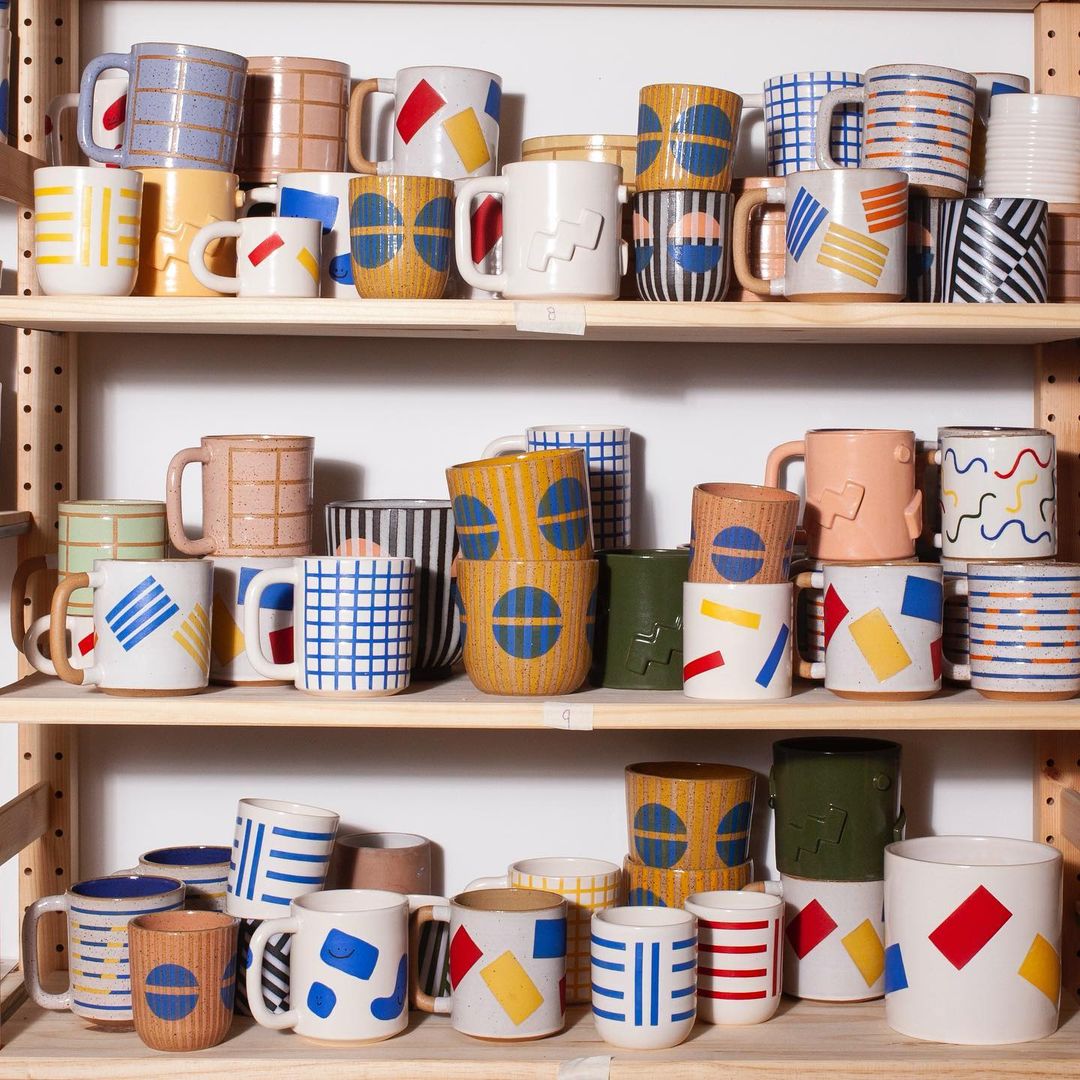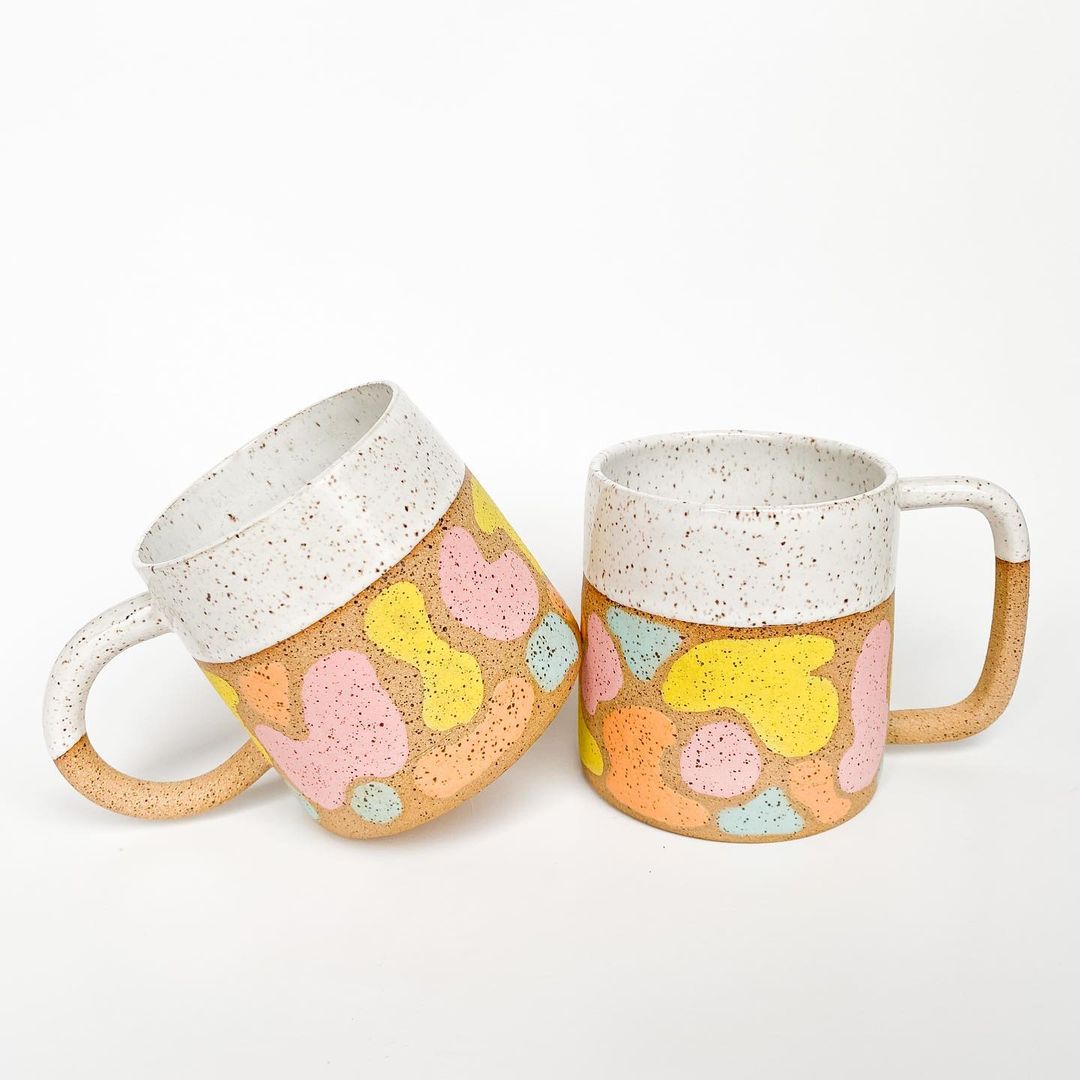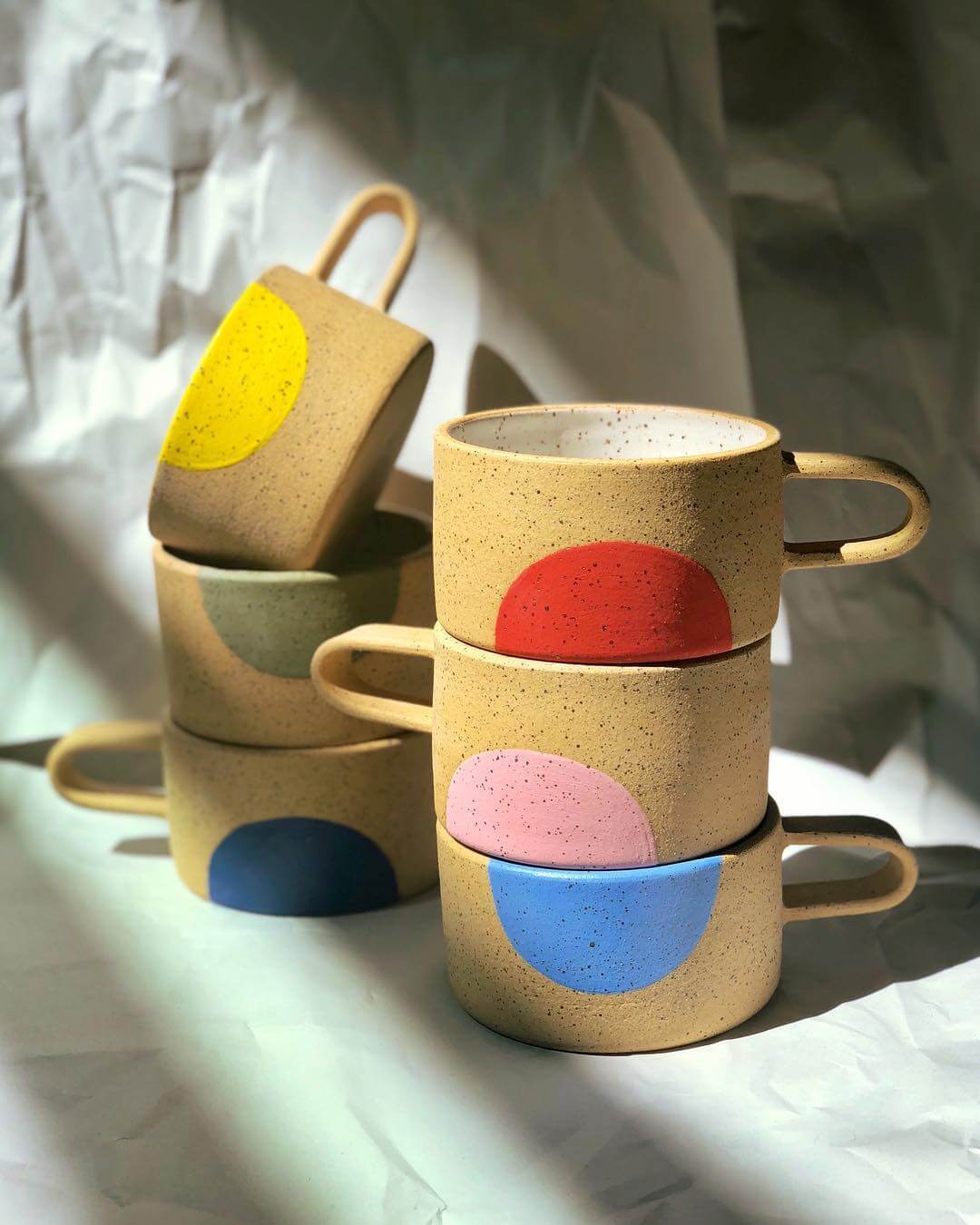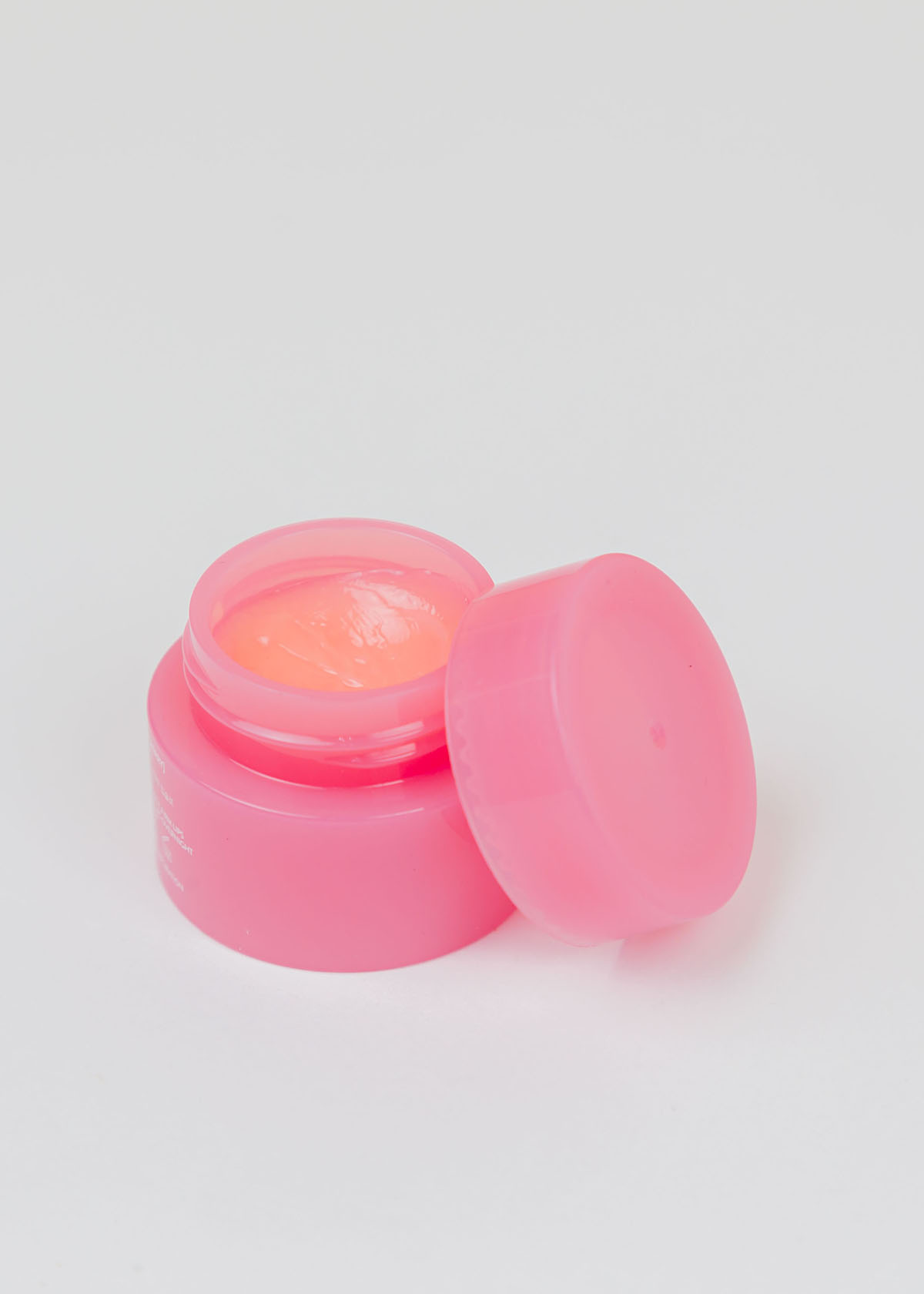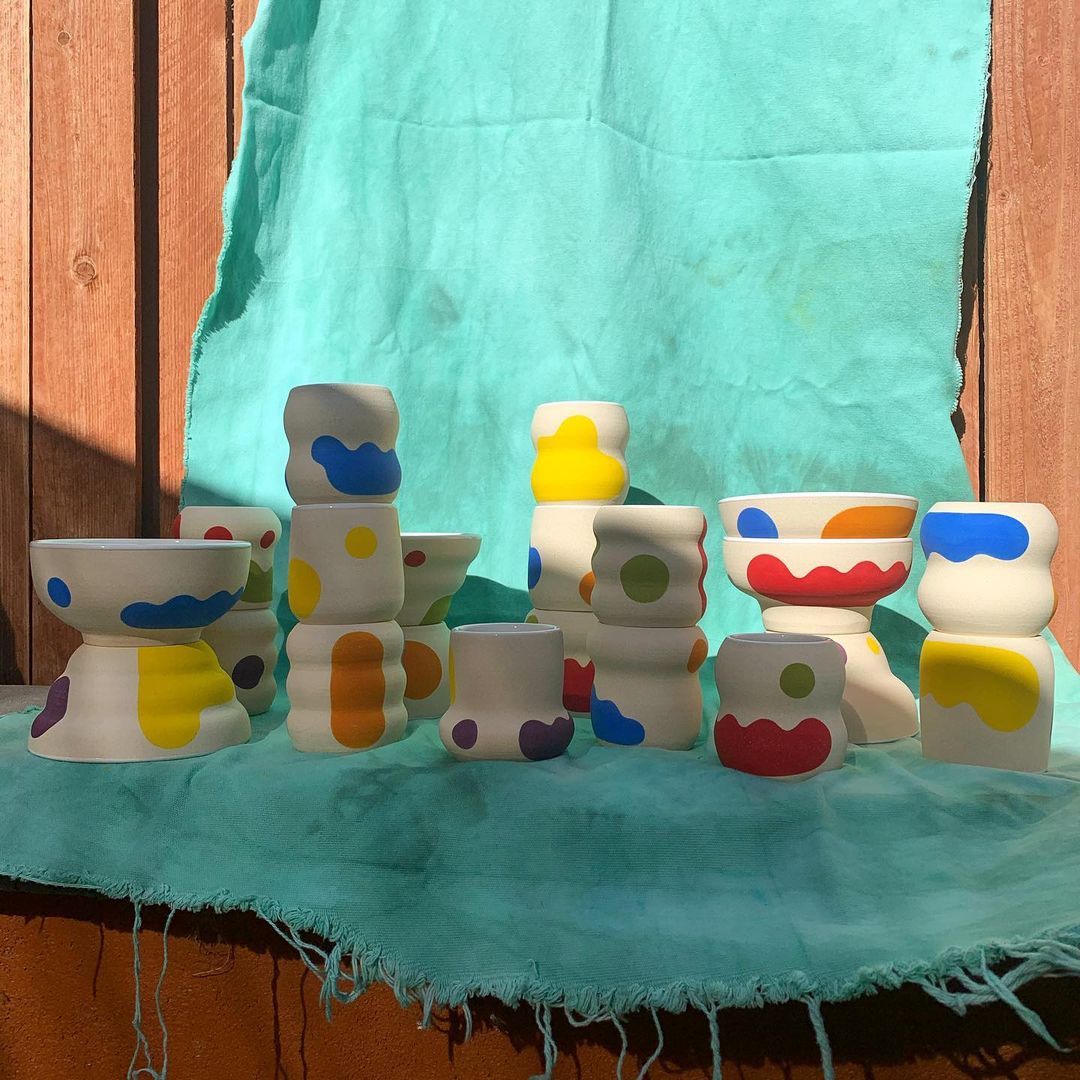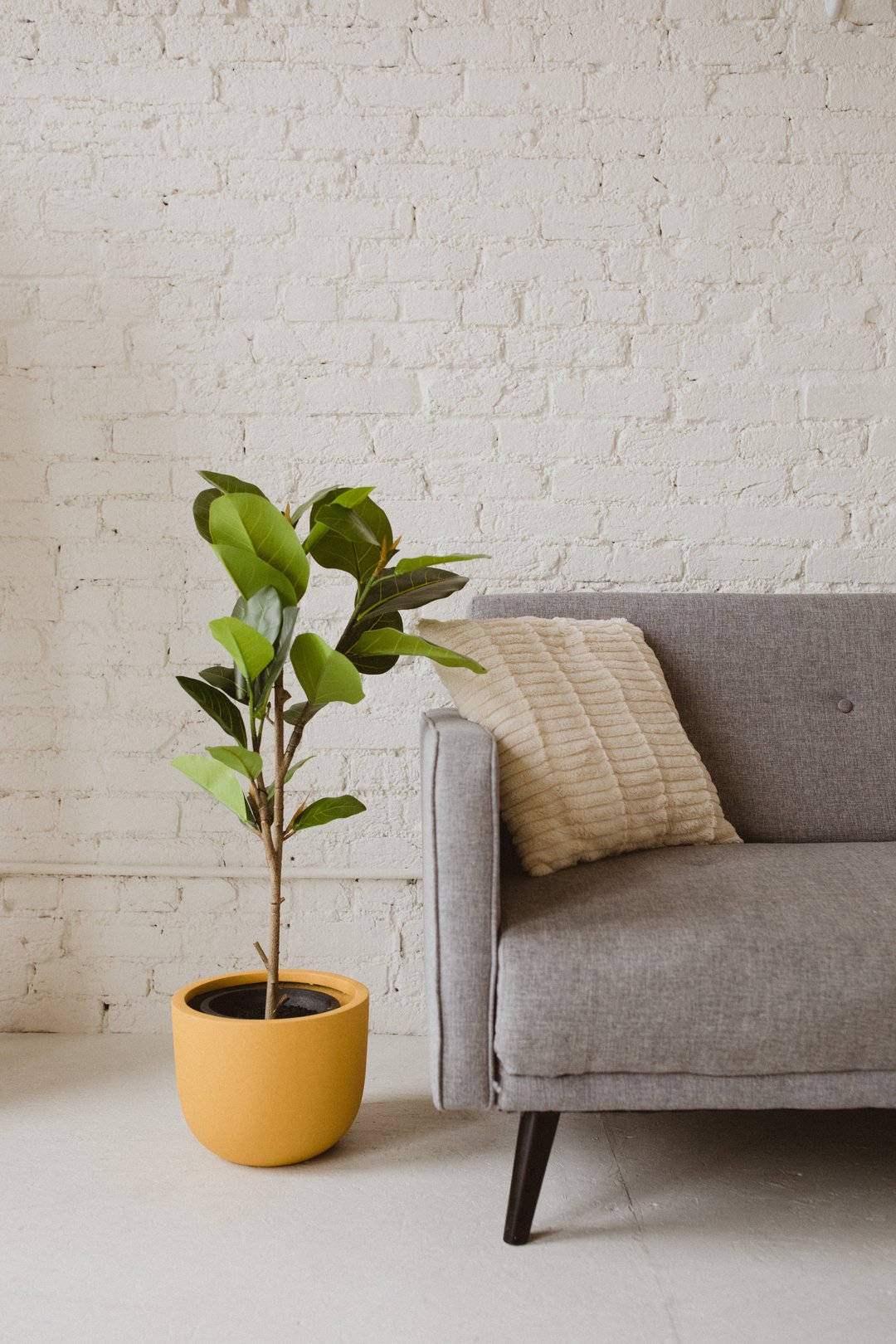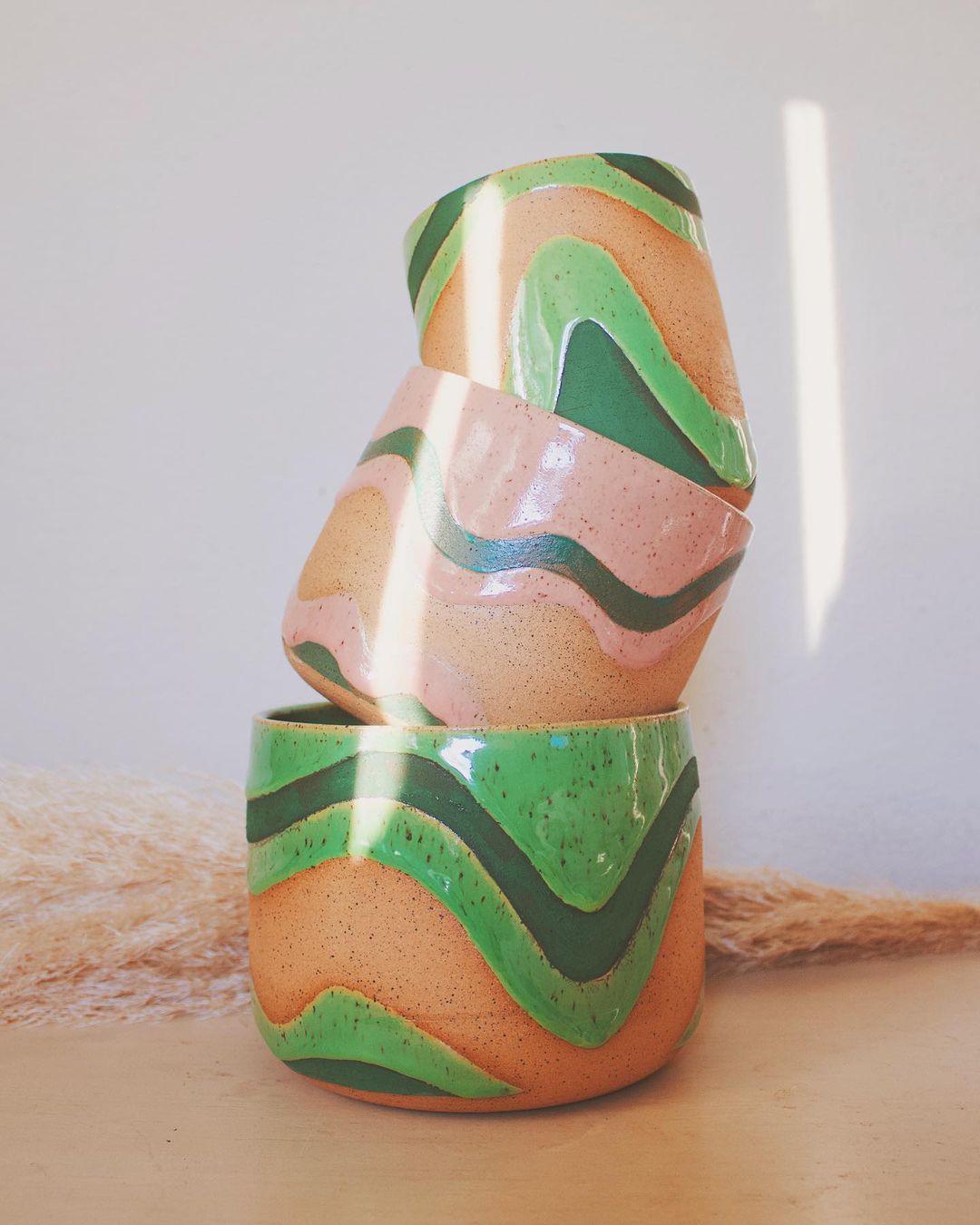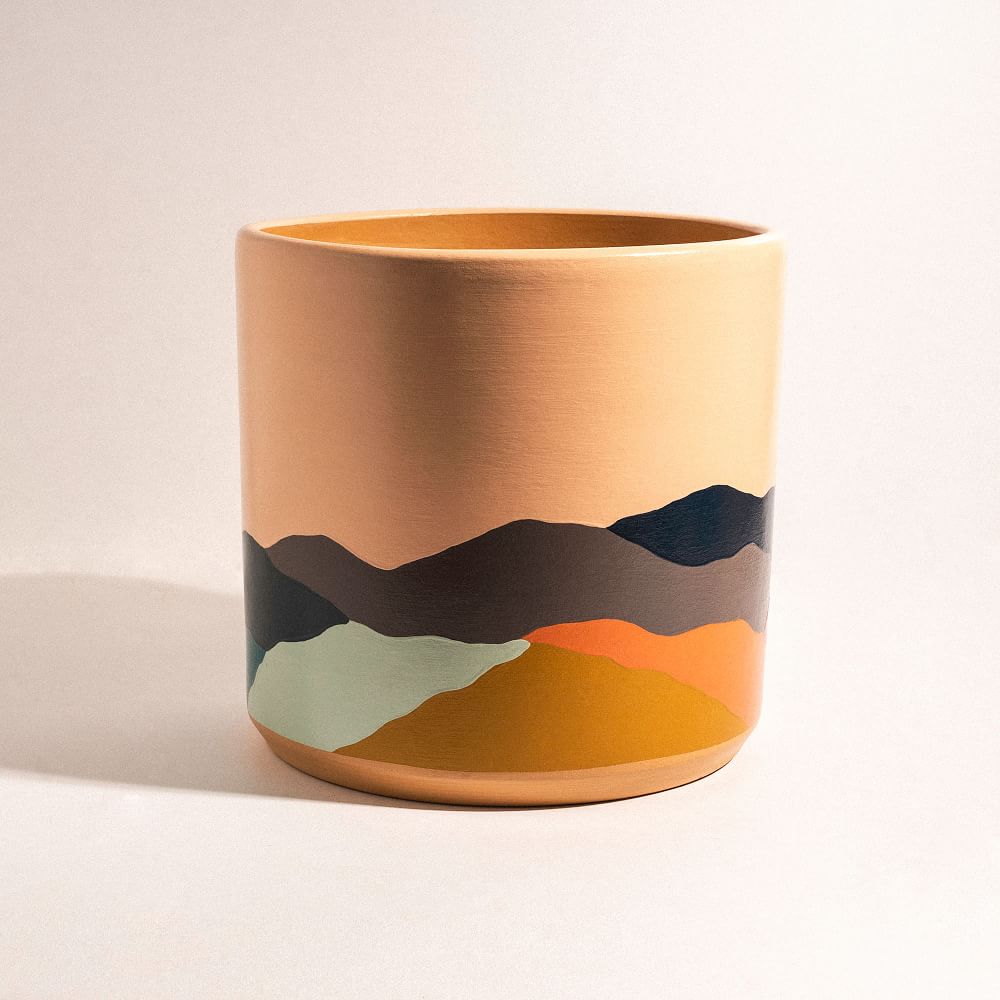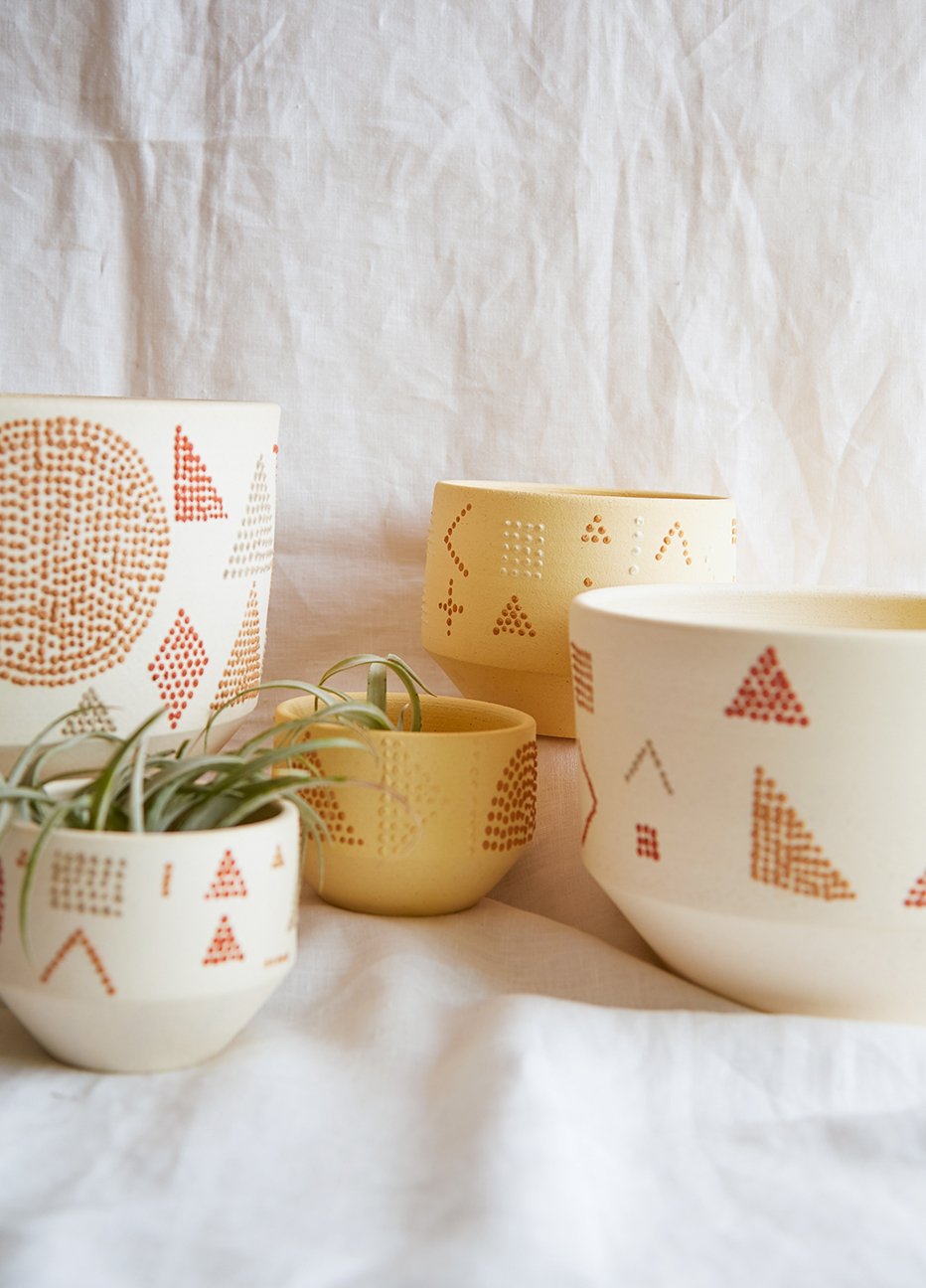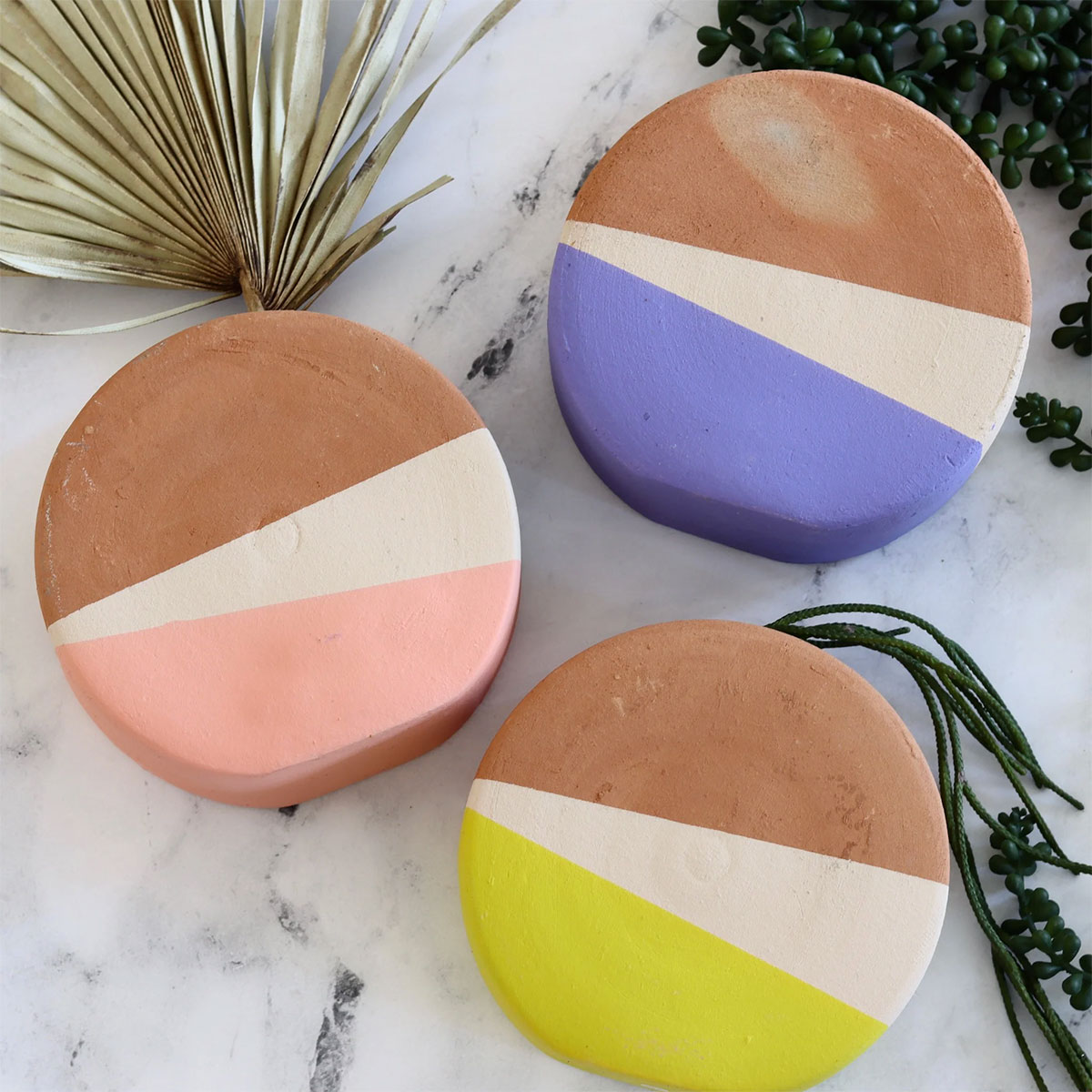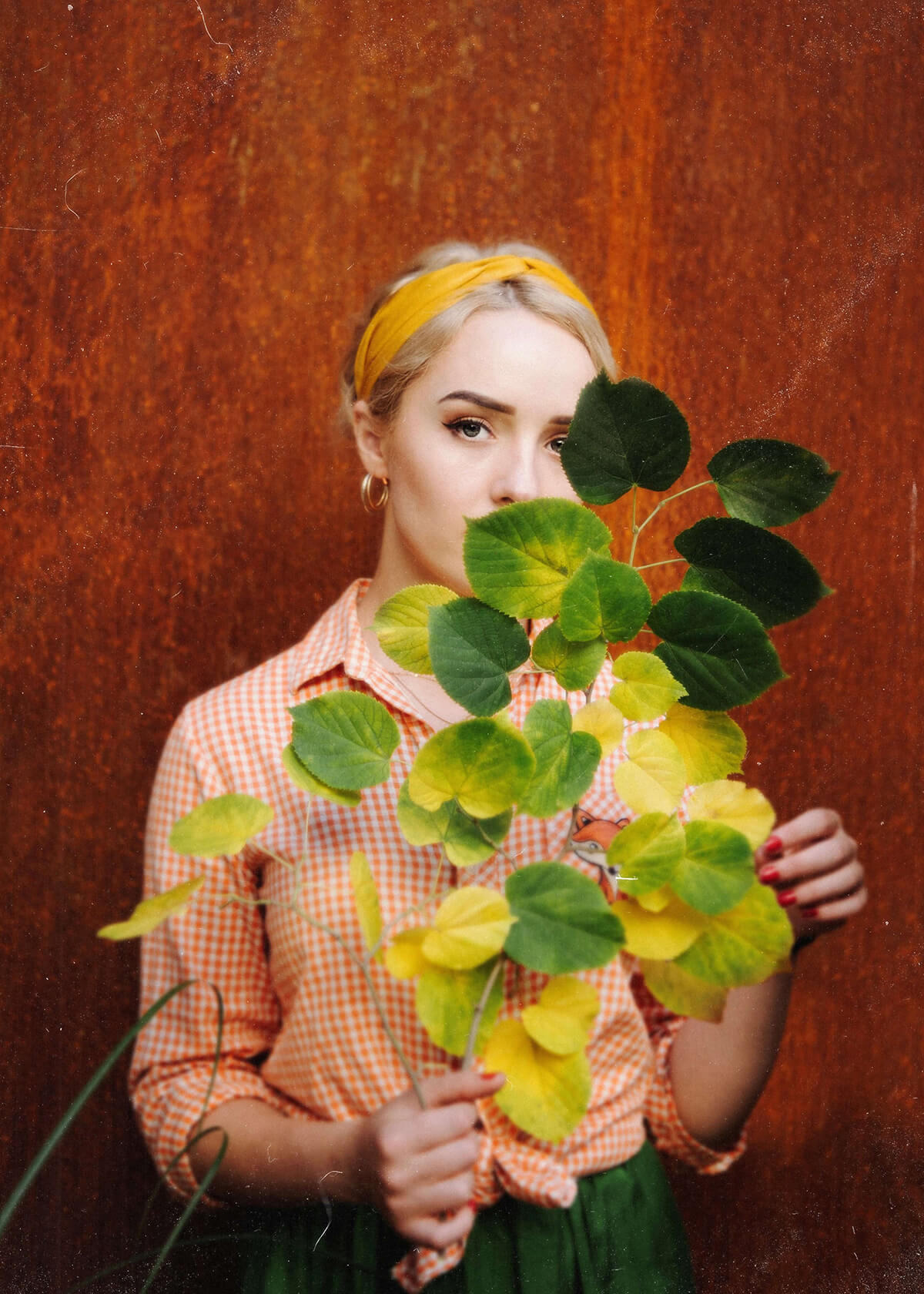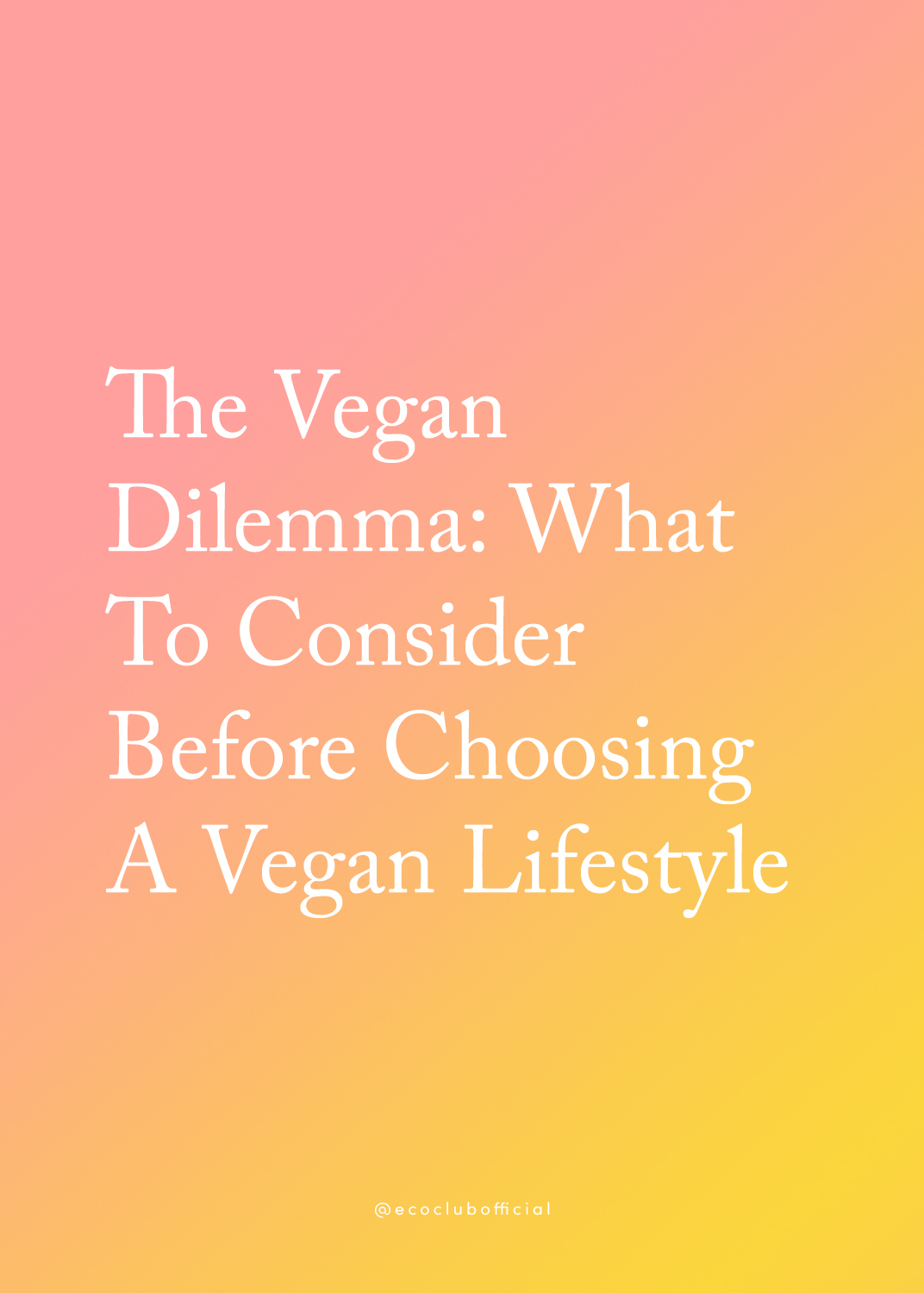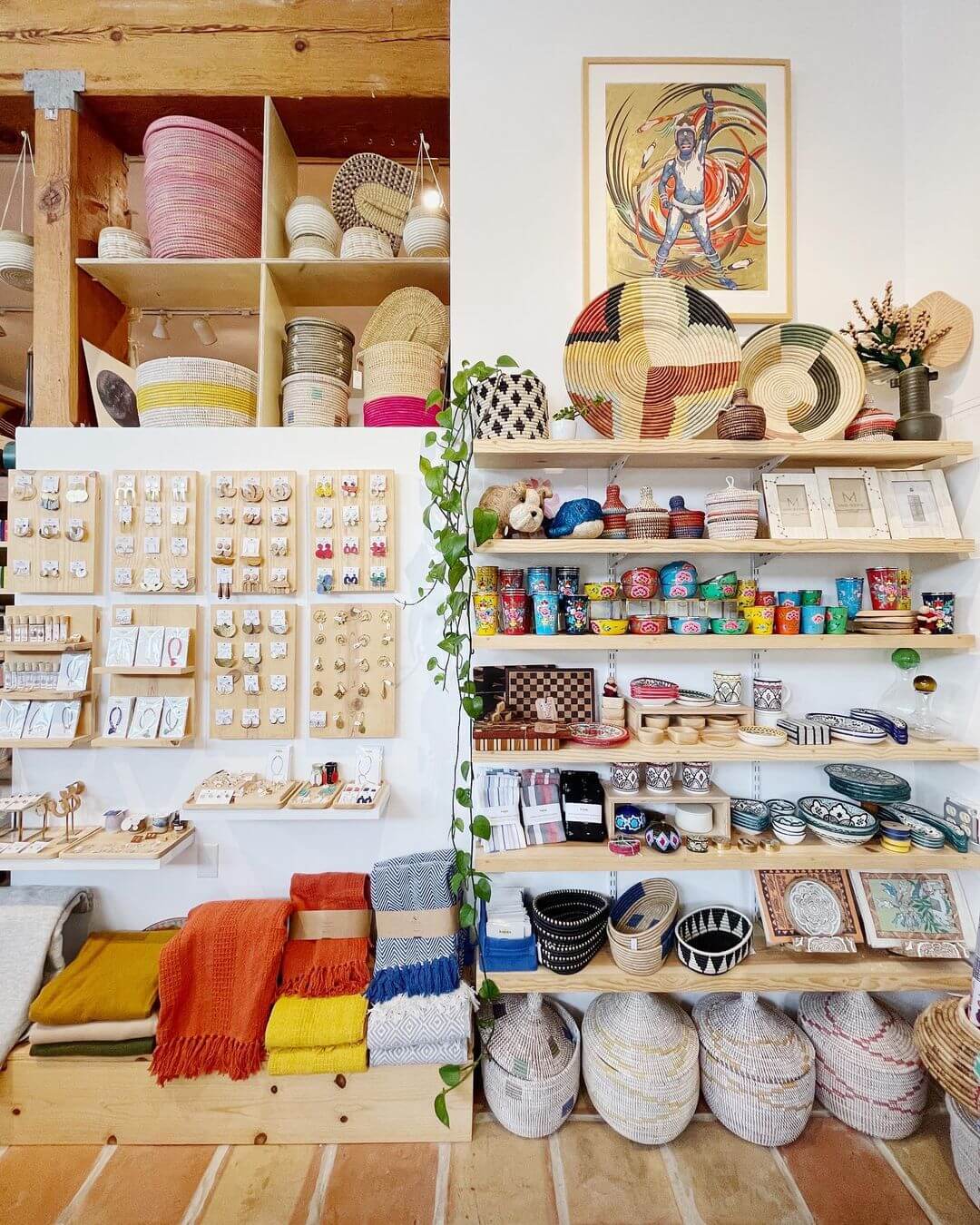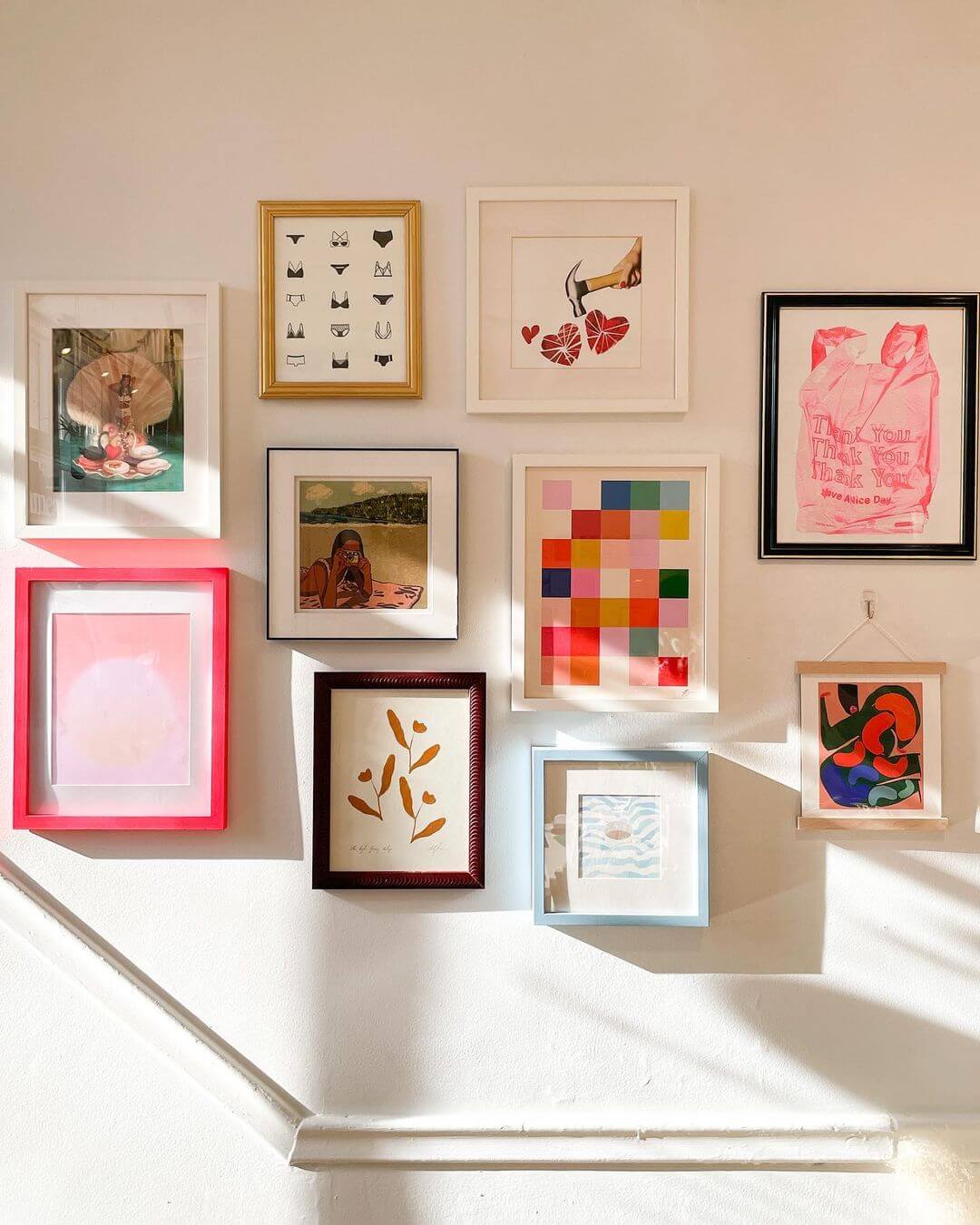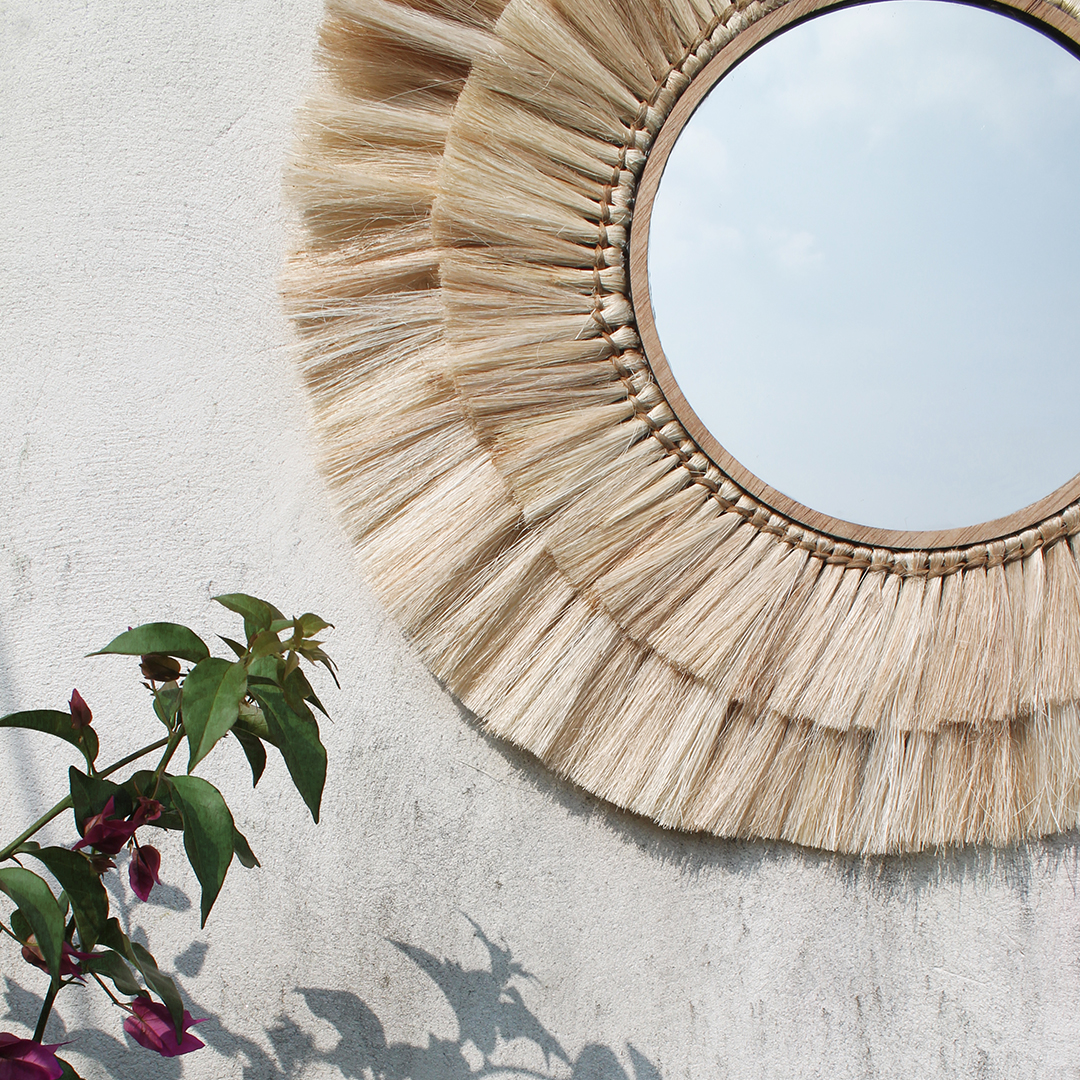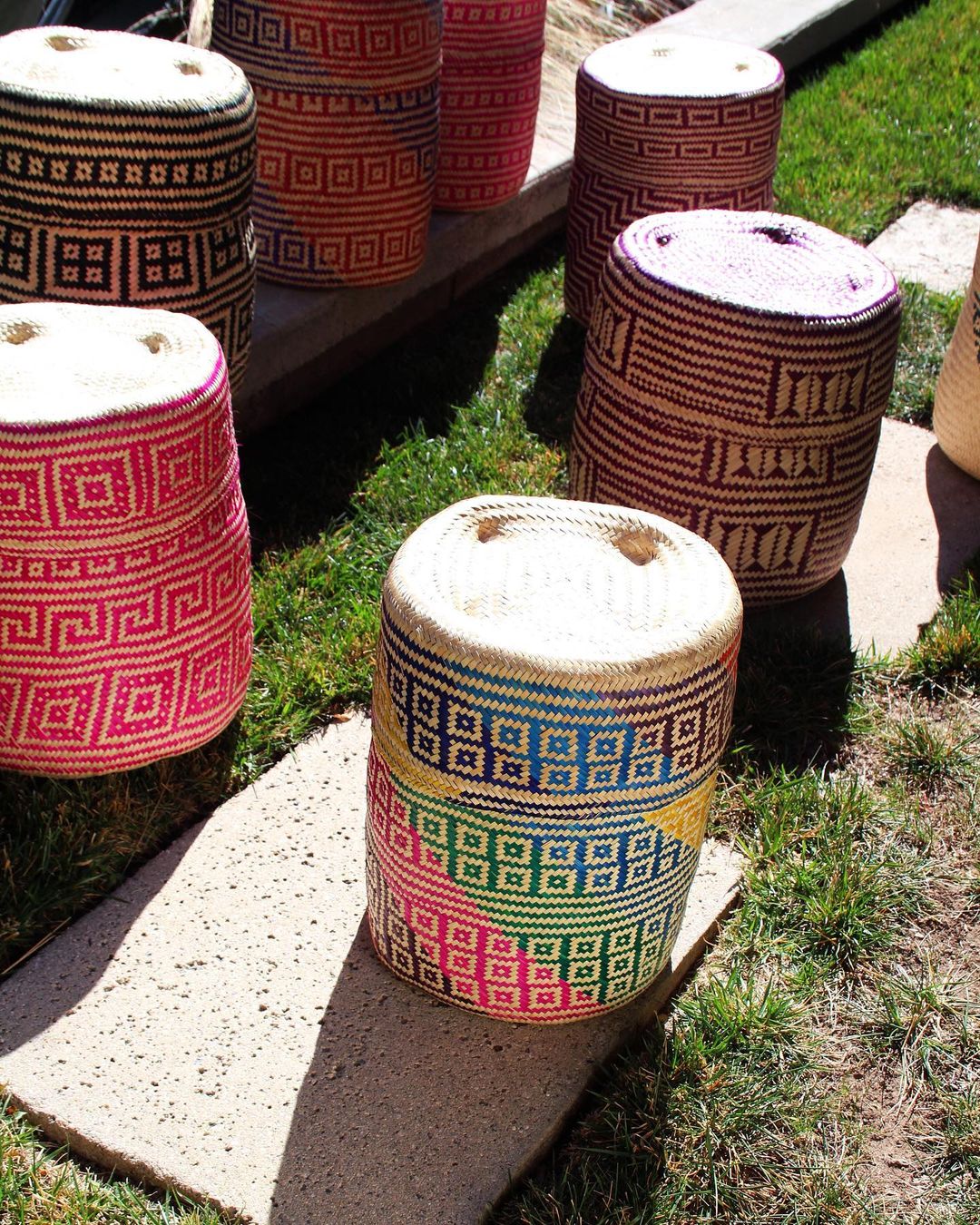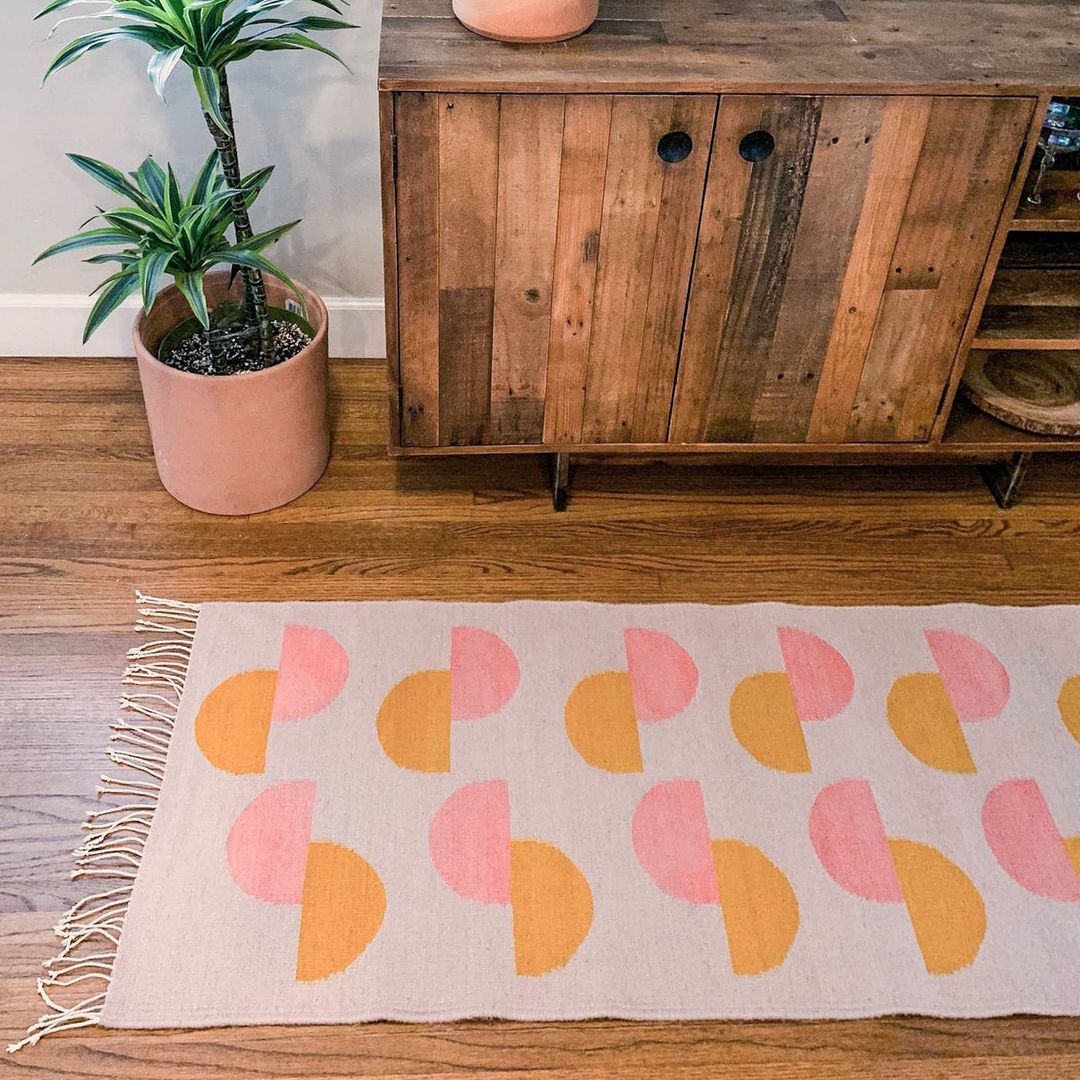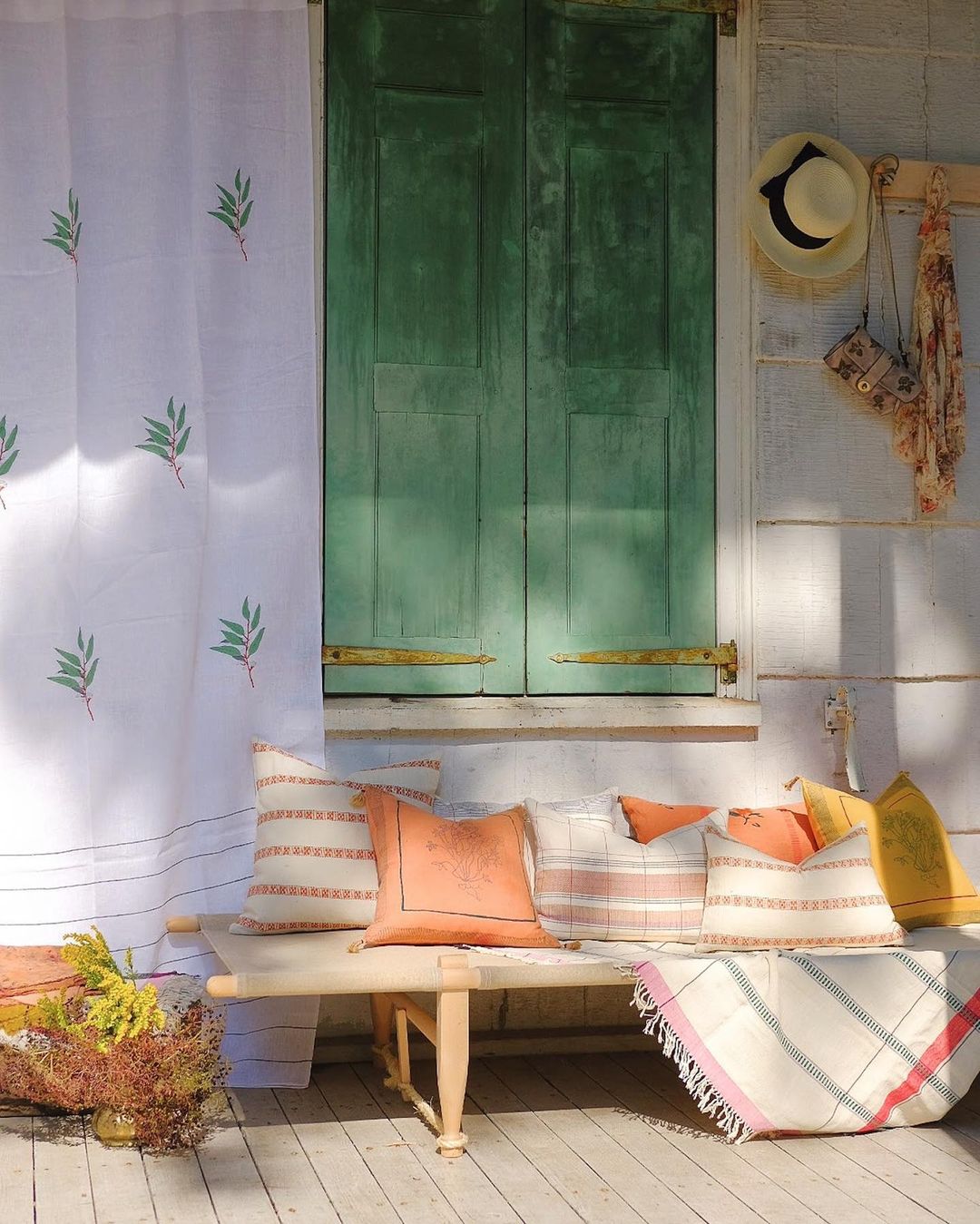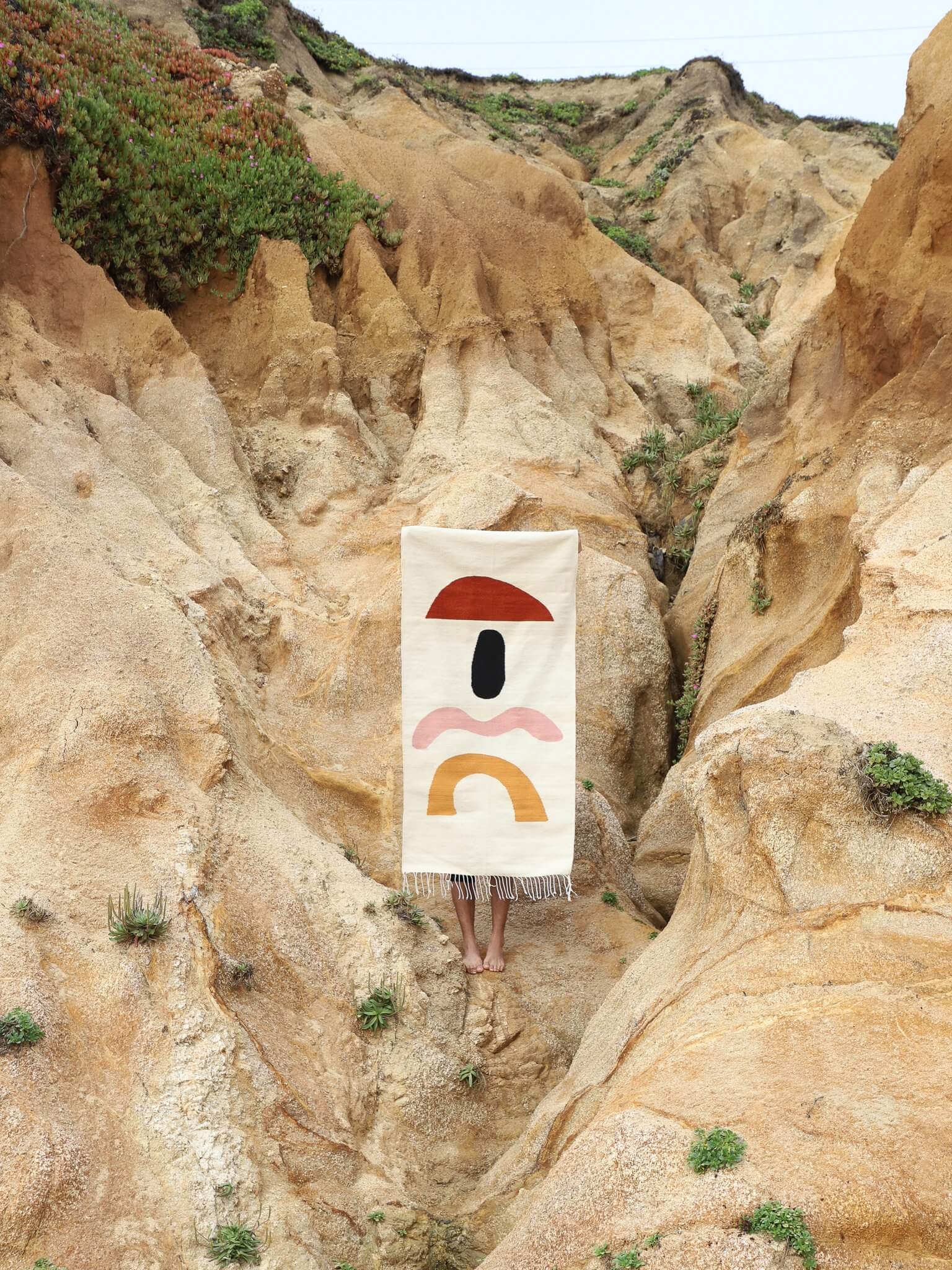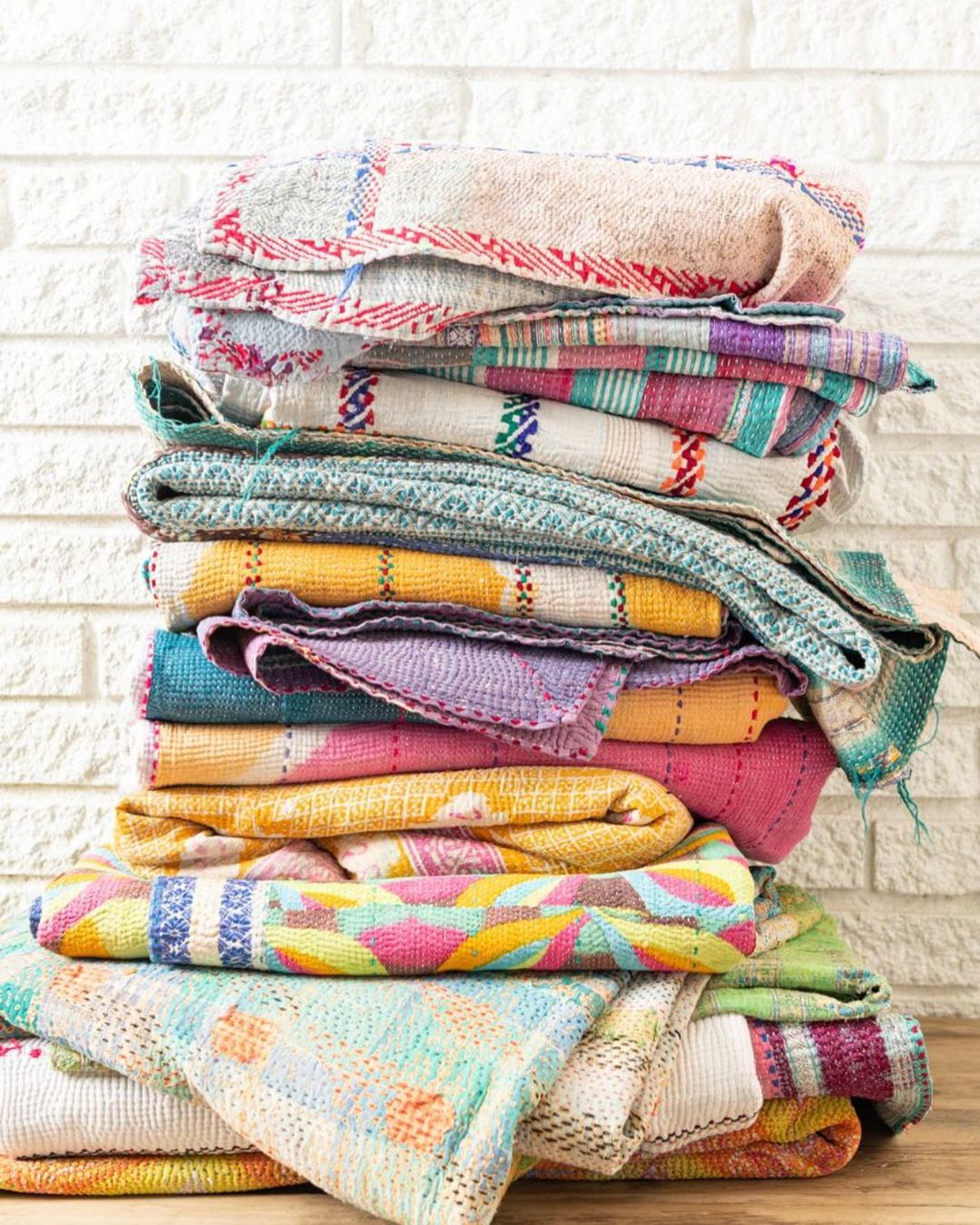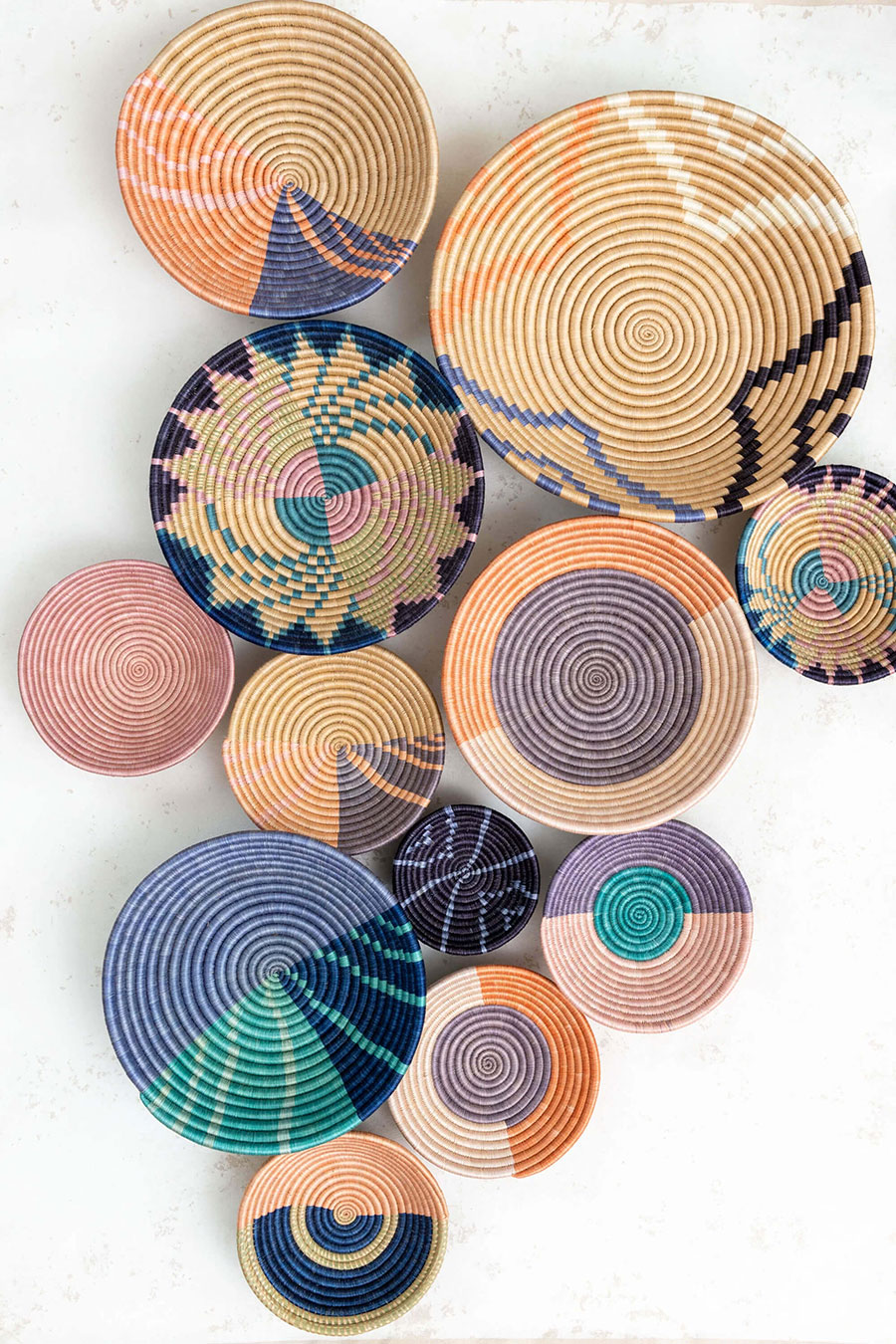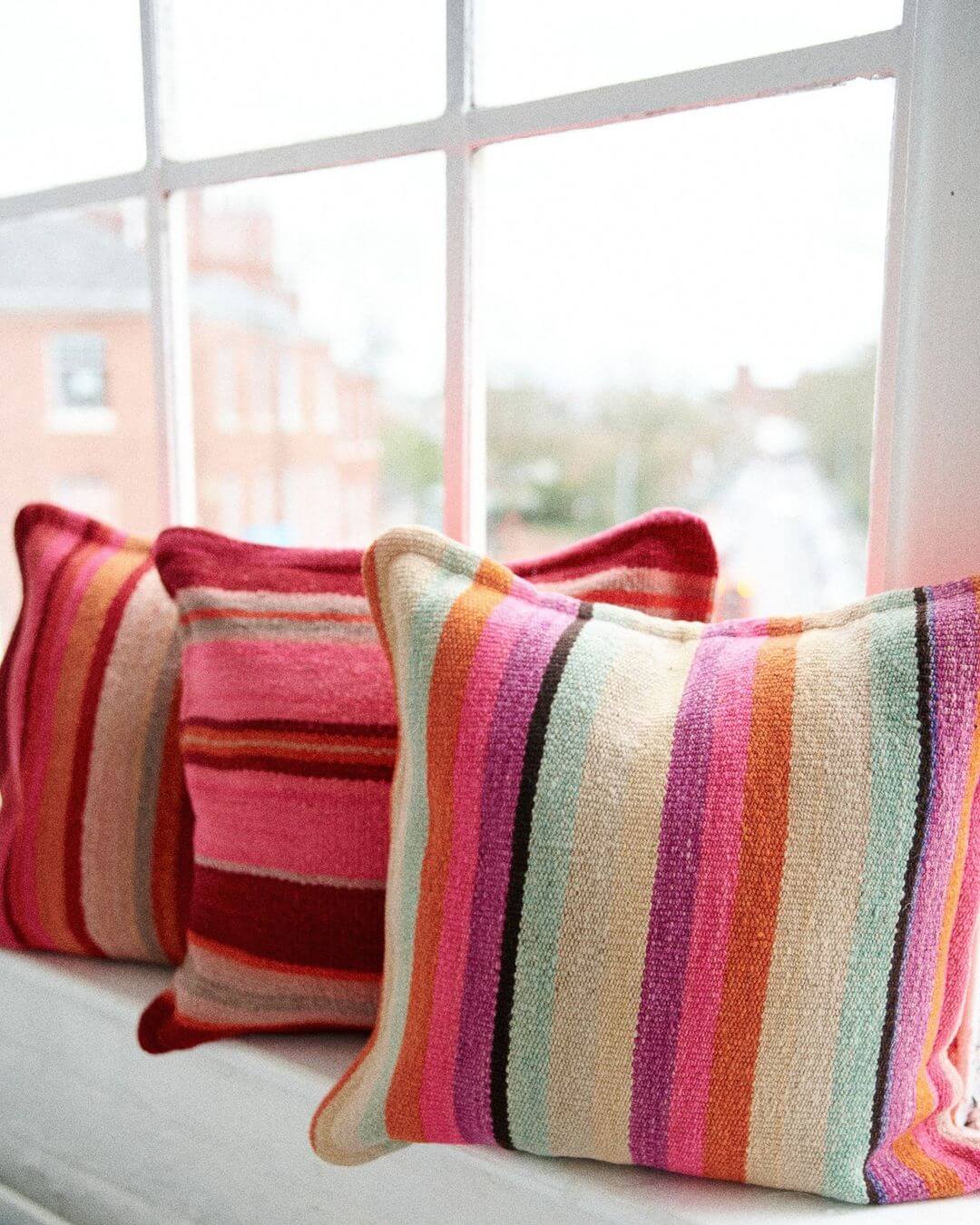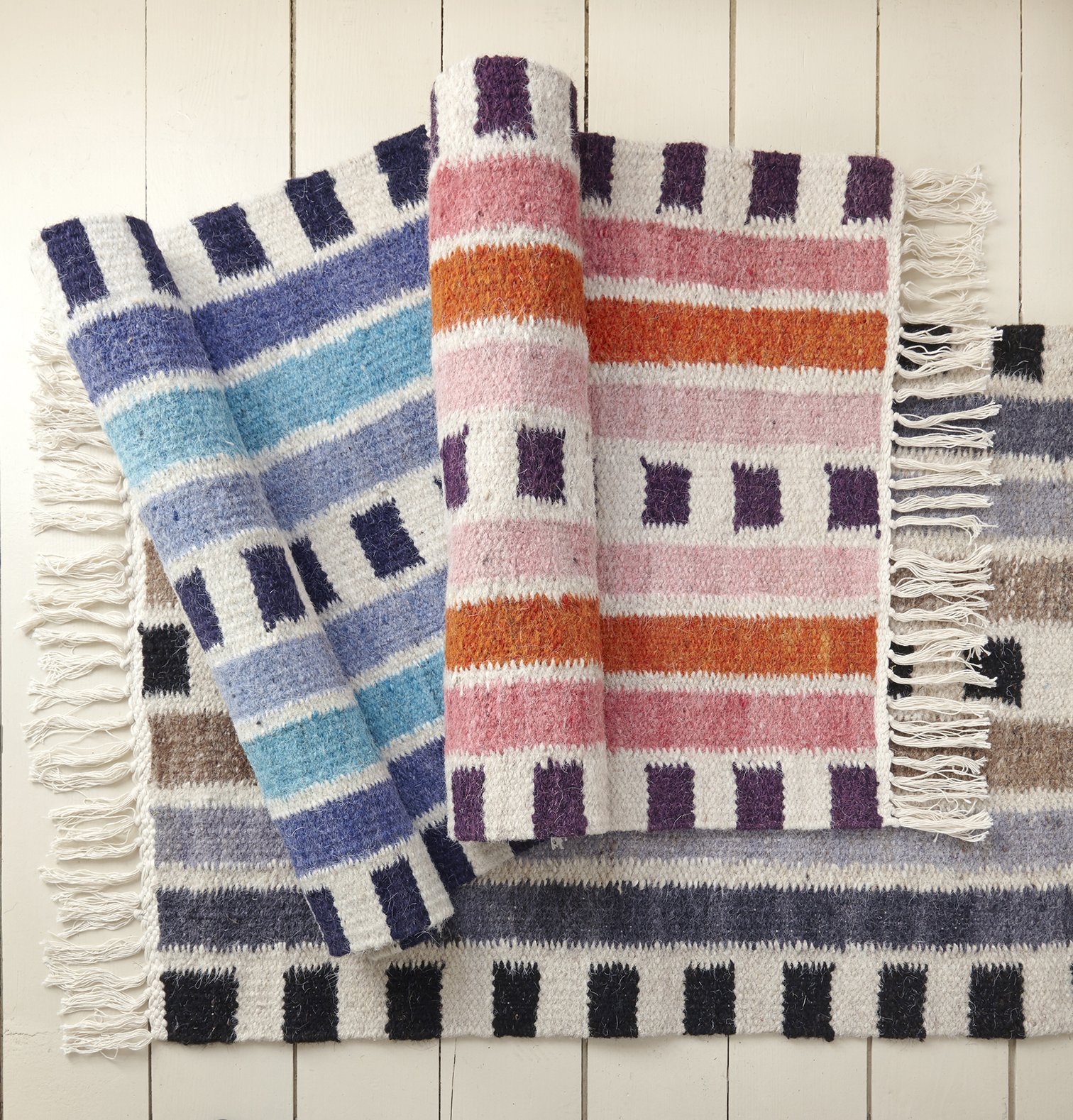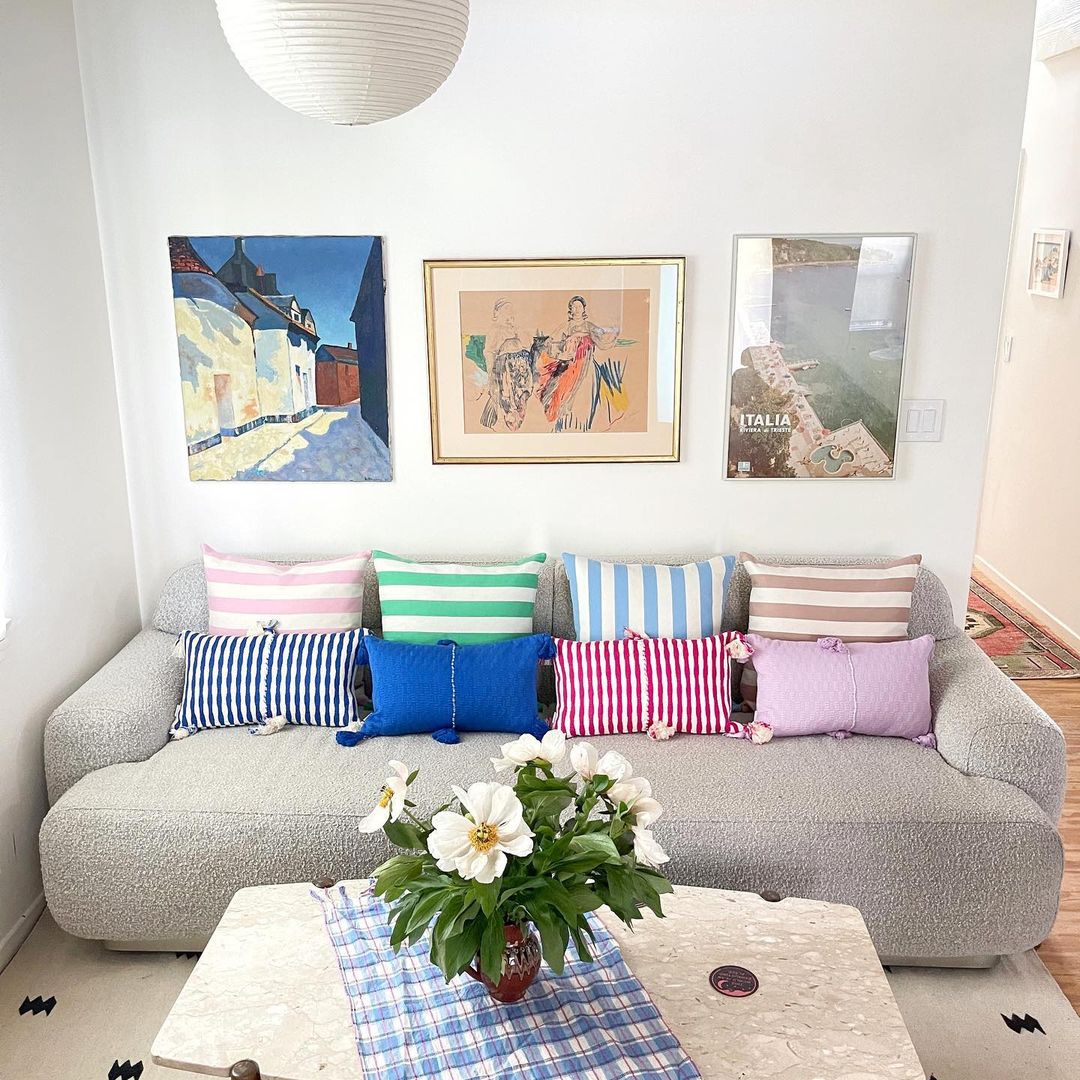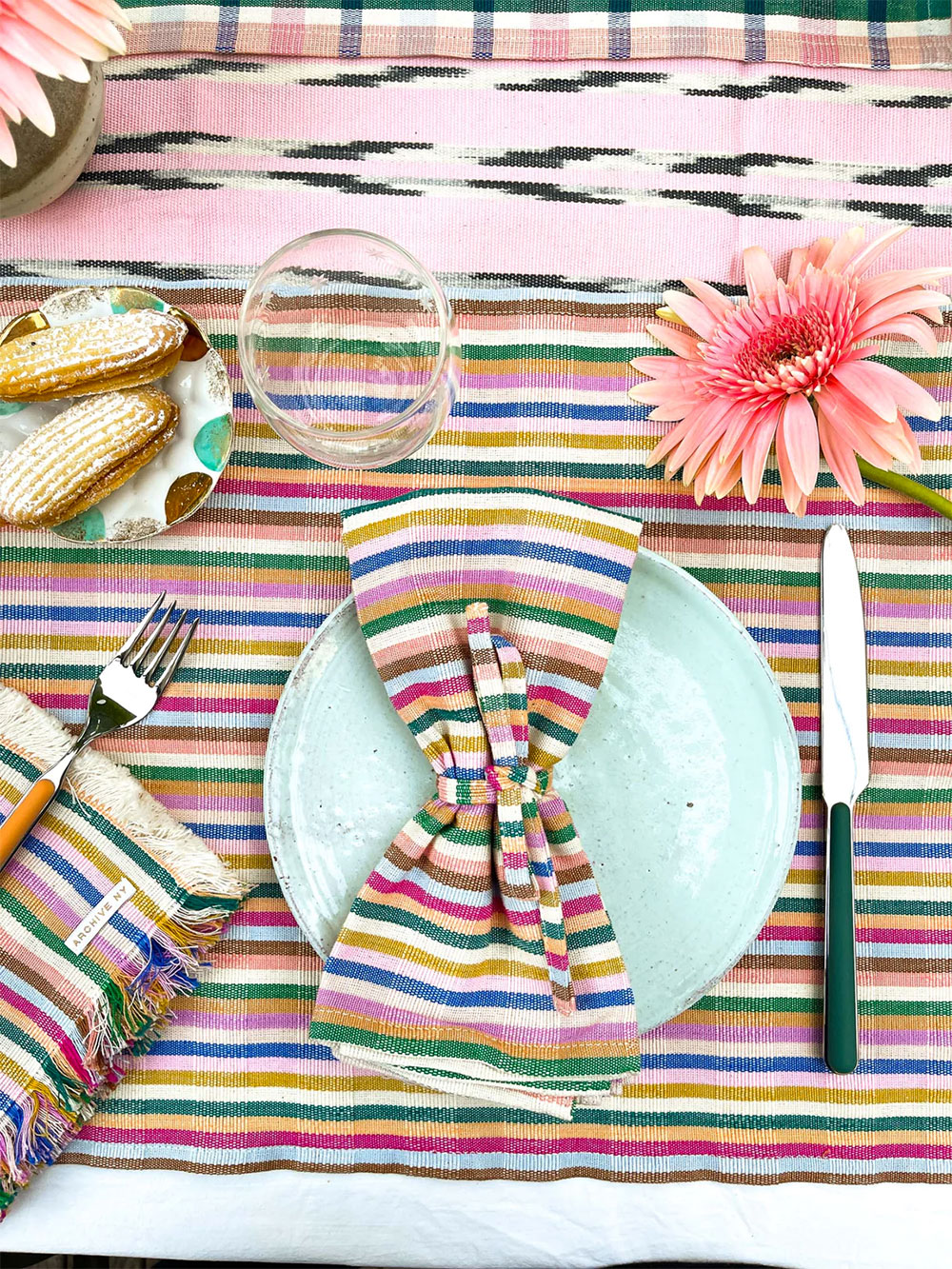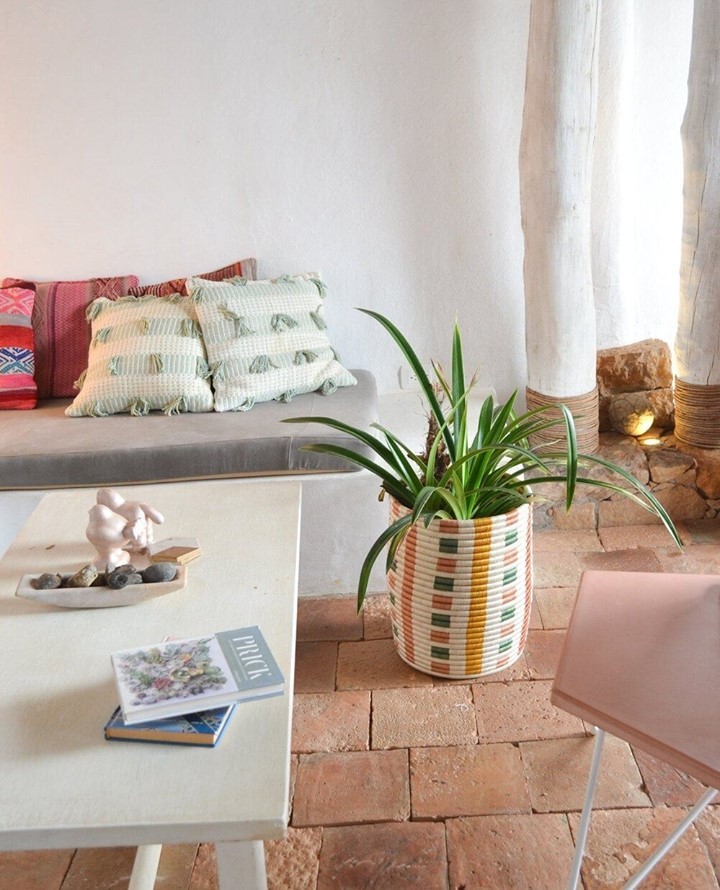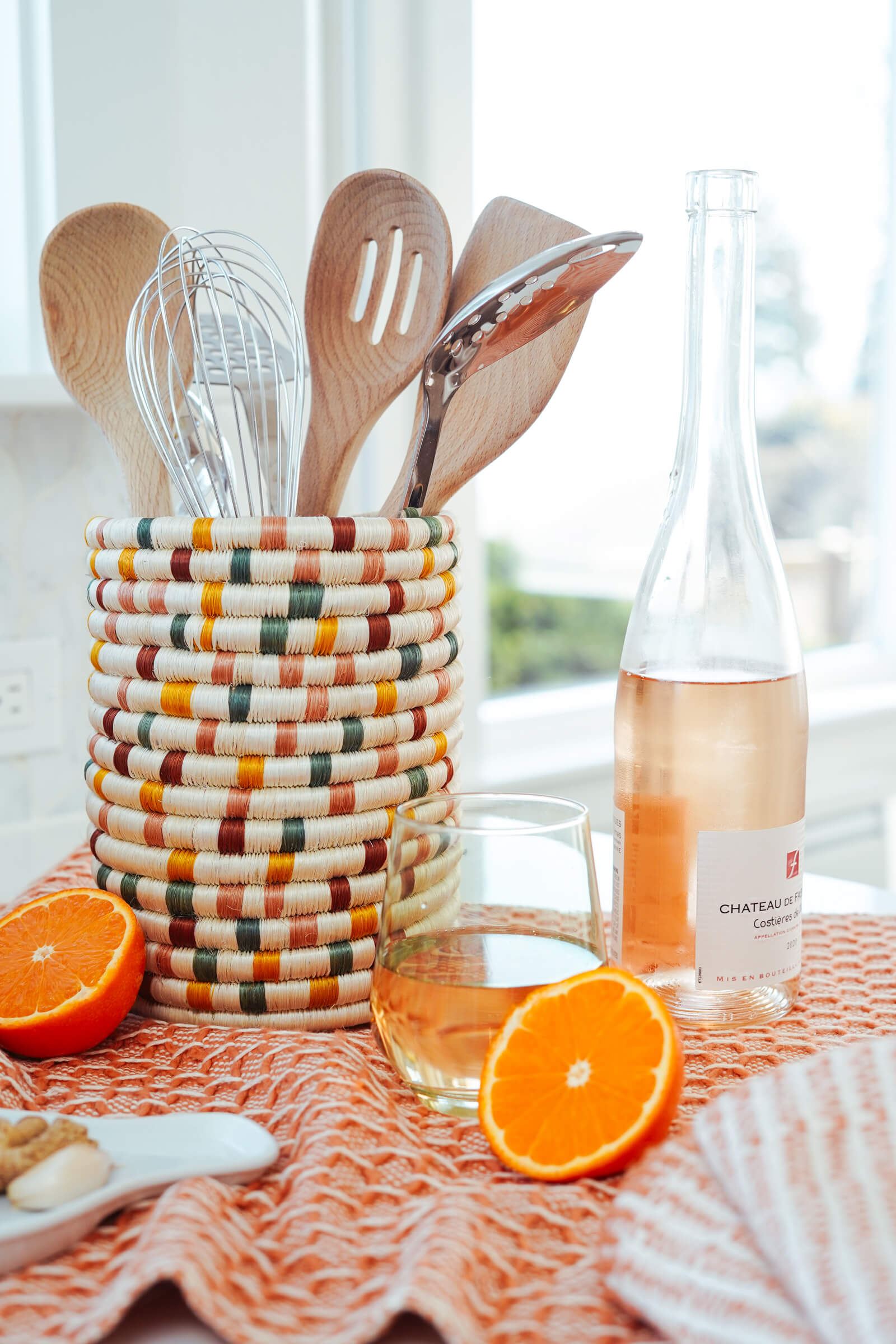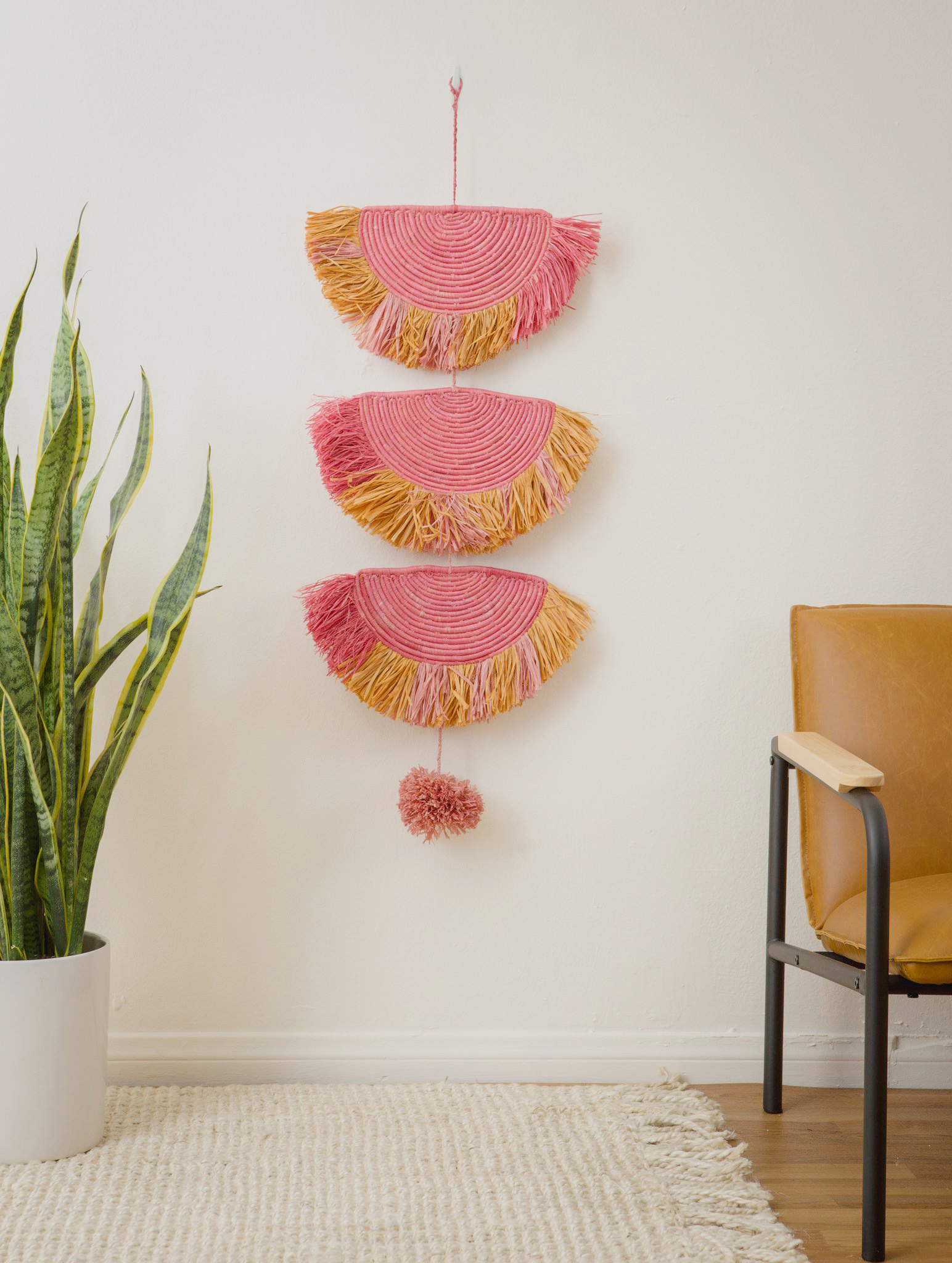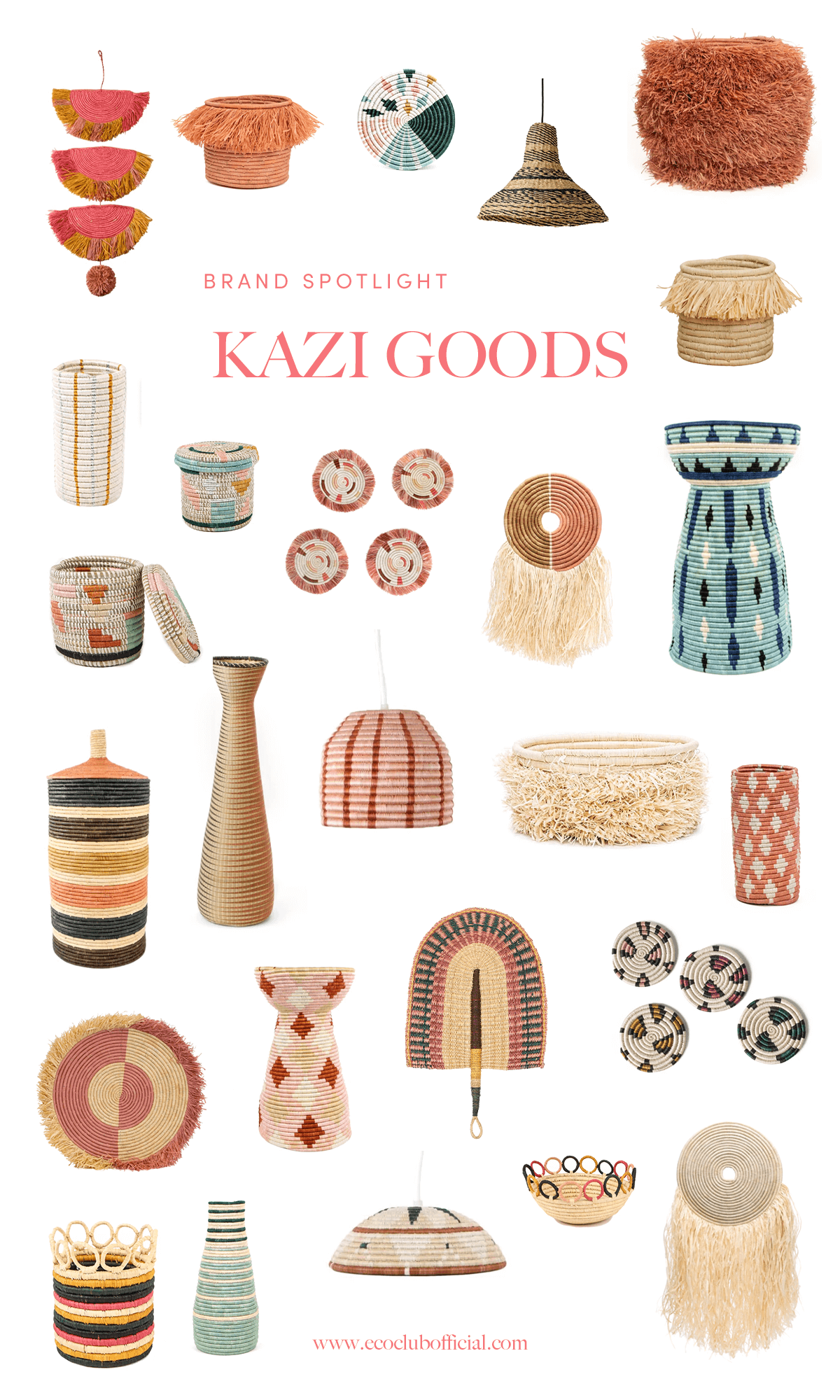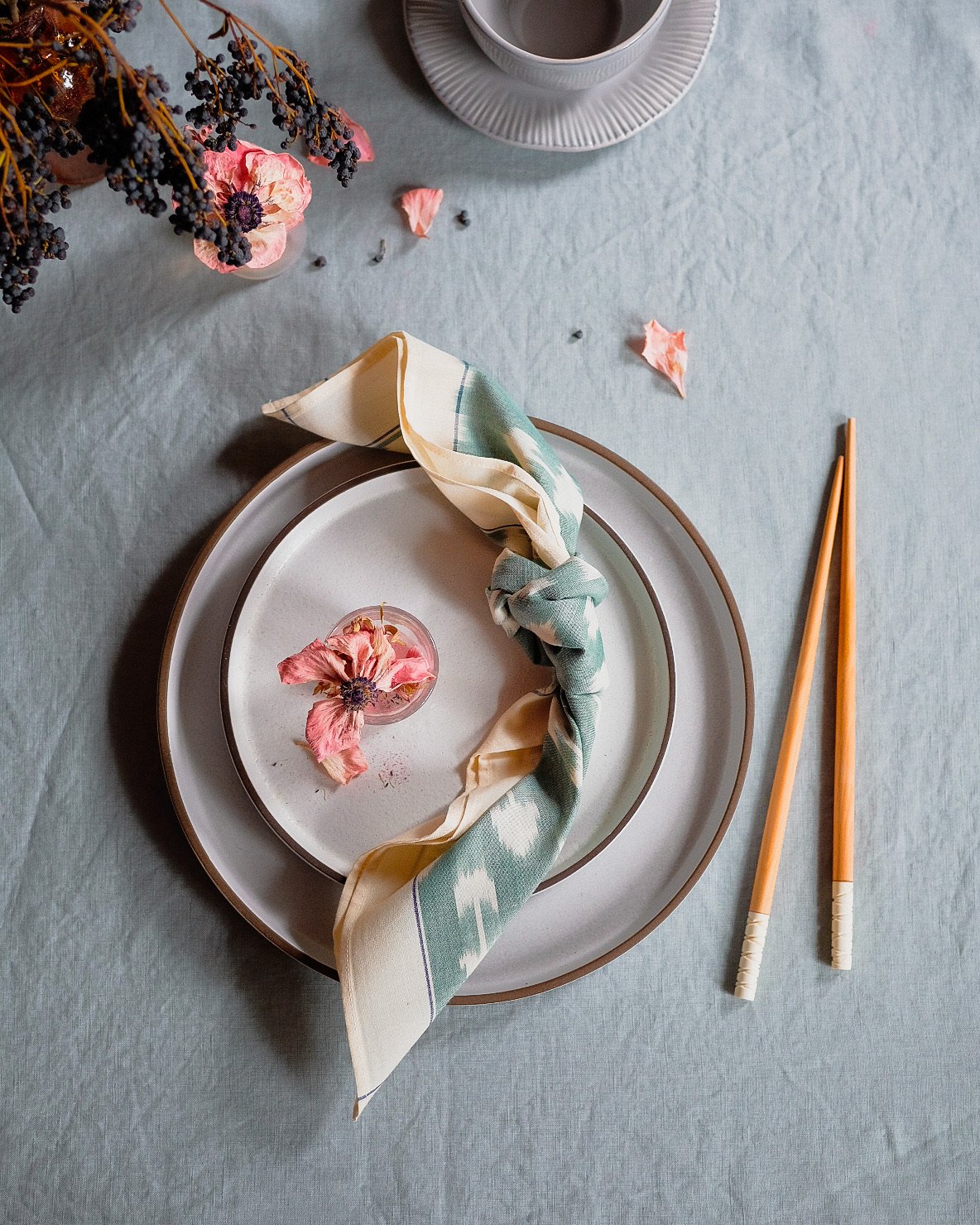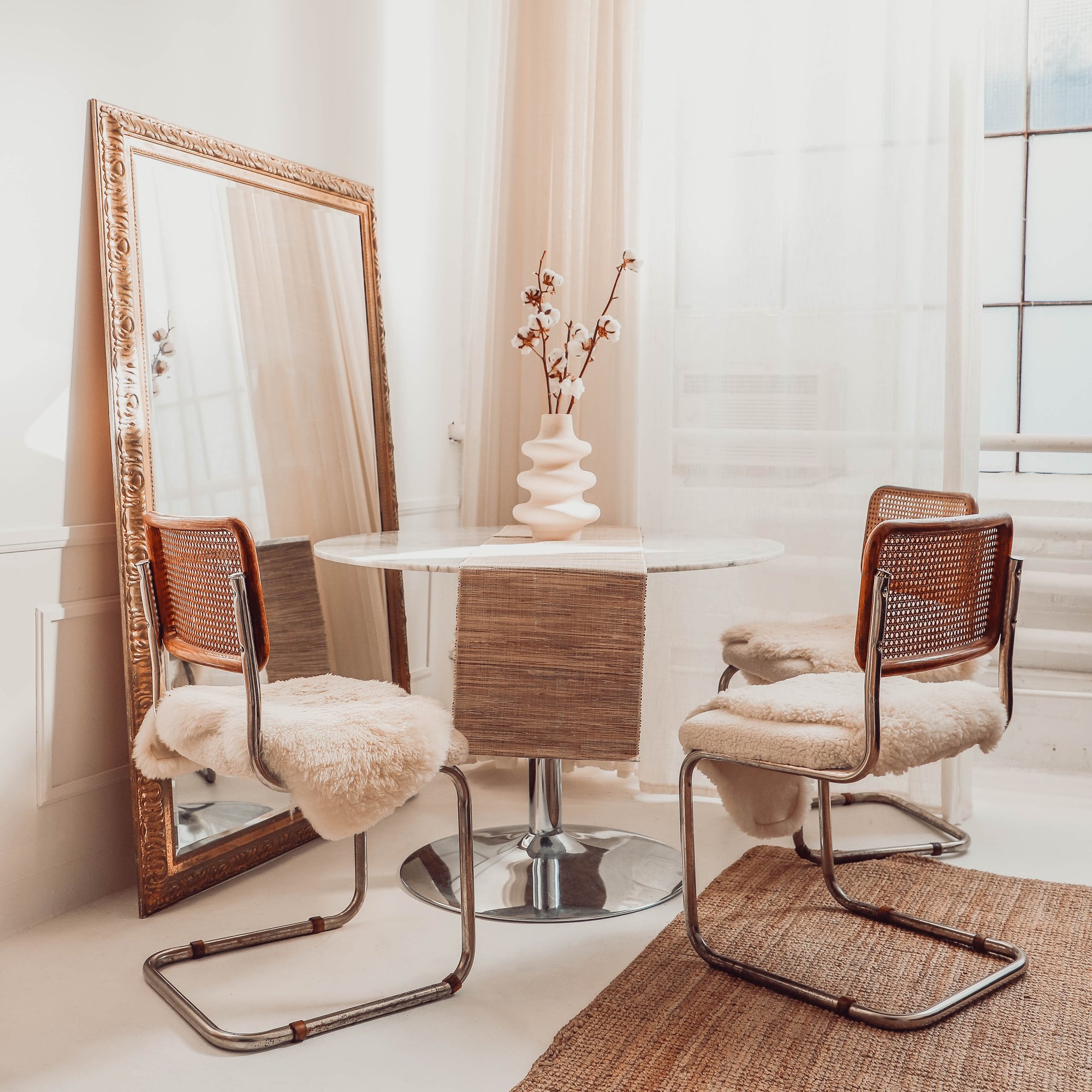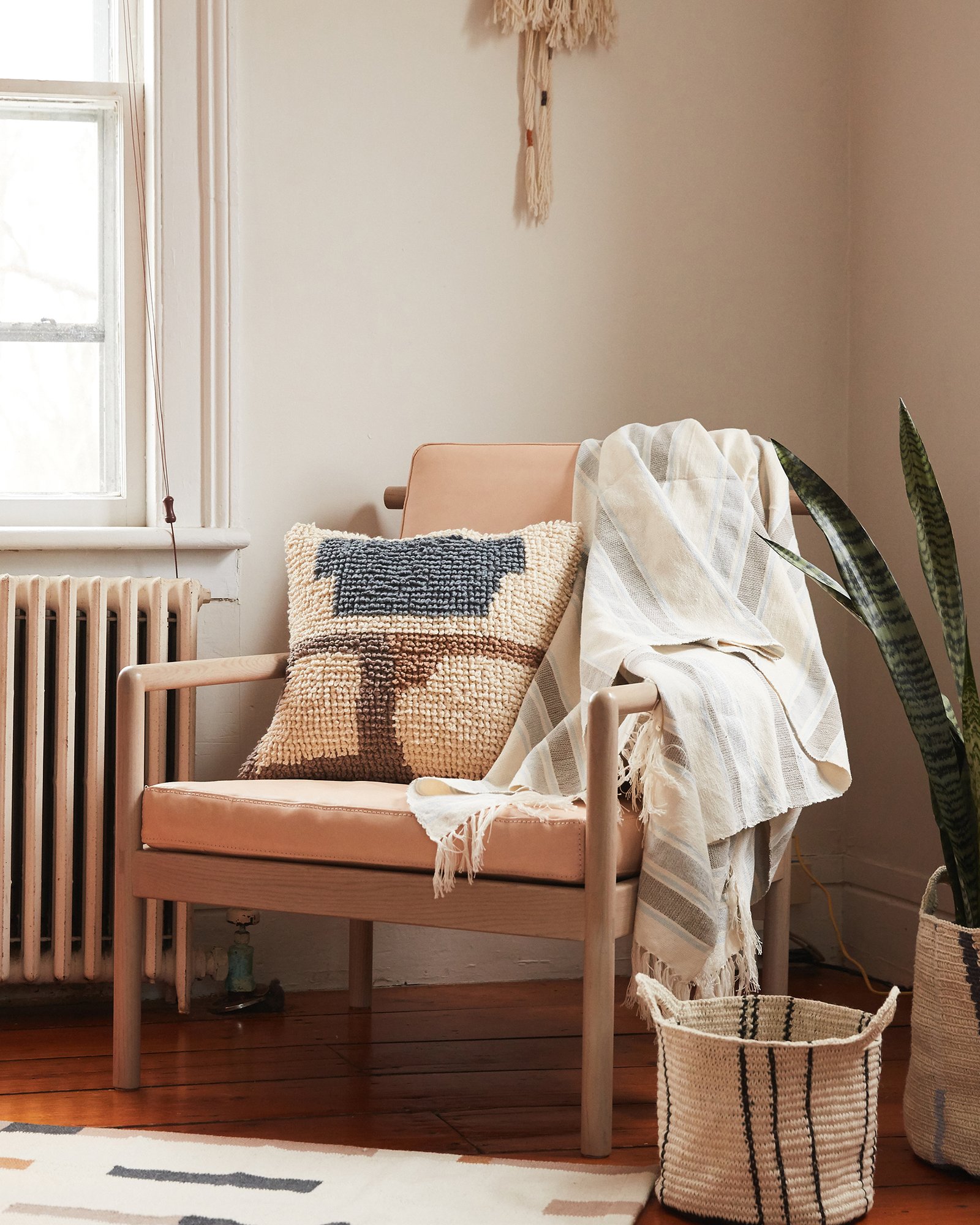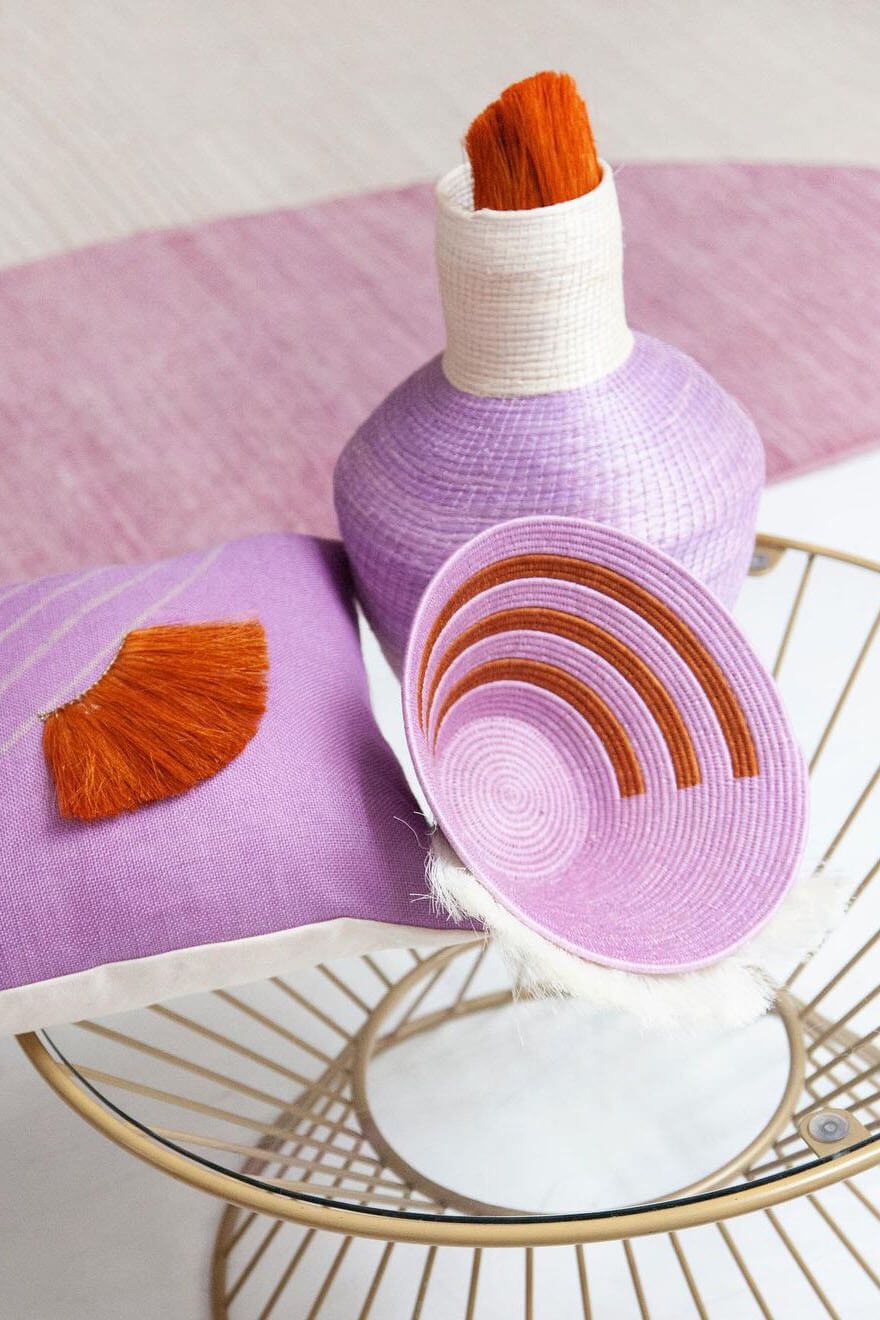Natural, organic, vegan, cruelty-free—the list of terms that suggest eco-friendly bathroom products is growing. But did you know that for a company to use these terms legally, just one percent of the product might match the term? For conscious consumers, learning what these terms mean—and don’t mean—and how you can decipher the labels for yourself is key to creating a vegan and environmentally friendly bathroom.
what is the difference between vegan and cruelty-free?
While vegan and cruelty-free terms would seem to go hand in hand, they have wildly different meanings on a product. Vegan products will not use any animal products, and while this often does go hand in hand with no animal testing for small-batch brands, it’s not always the case, especially with more prominent household names. This is because cruelty-free is an unregulated term; items tested on animals can still claim to be vegan because of loopholes in the lack of legislation. Cruelty-free can be used if the final product has not been tested on animals by the brand or manufacturer. Still, it can also be used if individual ingredients have been tested earlier in the development stage or a third party is legally required to test the final product on animals.
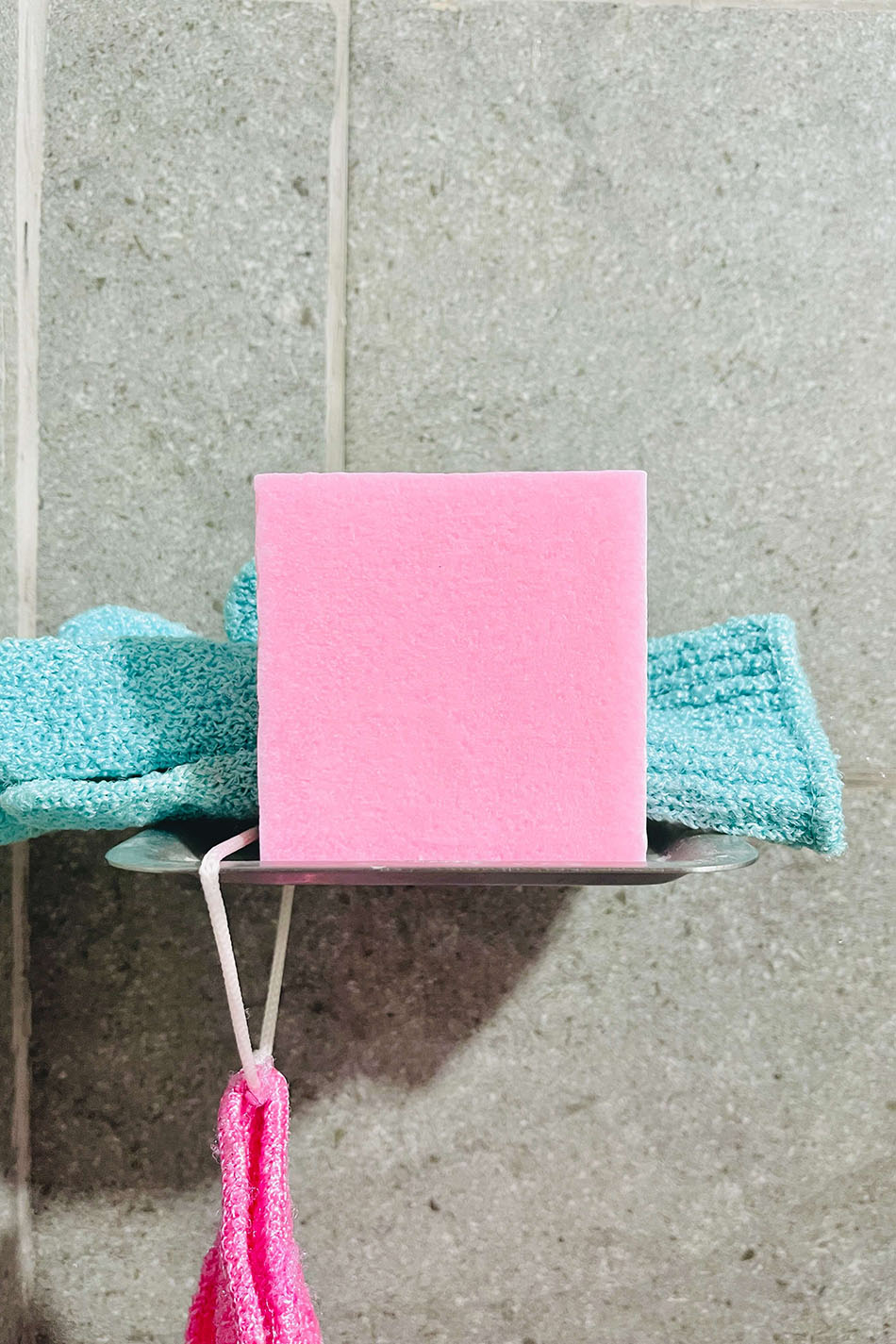
photo by Ethan Medrano.
how to see if your toiletries are vegan and eco-friendly
The best way to ensure you know exactly what you’re putting in or on your body is vegan-certified is to check the label.
Does it contain official certification? This handy graphic shows the professional bodies who are offer credible certification for businesses. What’s great about these organizations is the products must not include any animal ingredients nor been tested on animals.
Similarly, the Eco Label Index contains a list of all accredited labels on cosmetics and personal care items. They cover a range of eco-credentials, from social performance to carbon neutrality.
Know your cosmetic ingredients. Unfortunately, many vegan products must rely on synthetic replacements for traditionally animal-based ingredients to ensure the quality of the product. While it’s great for animal welfare, these products may then have an increased eco-impact. To avoid falling for greenwash advertising, check the label to indicate whether the eco claims are valid.
Everyone has different standards for what they want to avoid, but a good rule is to check for the three p’s—parabens, petroleum jelly, and palm oil.
Use a trusted app to verify vegan and eco-credentials. The Think Dirty app makes checking products and their ingredients super simple. The app allows users to scan a product and will give you information on the product and ingredients, and can even suggest a better swap if you’ve picked up something heavy on the greenwash!
three easy vegan swaps to make in your bathroom today
Vegan Dental. Most toothpaste cannot be classified as vegan because of glycerin; a fat derived from animals. However, it can also be manufactured from vegetable fats, and many leading toothpaste brands are beginning to make the switch. Last year, Colgate released ‘Smile for Good’—an entirely vegan toothpaste that comes in a tube made from HDPE (High-Density Polyethylene), a widely recyclable plastic that is used for many other consumer bottles.
Vegan Skincare. Skincare is essential—our largest organ deserves to be looked after, right? The amount of skincare available now is overwhelming. We need to use the proper skincare for our skin type, but that doesn’t mean we can’t help the world. Brands like eco club member Activist Skincare have combined vegan and cruelty-free with a low-waste approach, providing sustainable refills so that the packaging and the product are sustainable and vegan-friendly.
Vegan Bathing. If you’re looking for something environmentally-friendly for your shower, bar soap wins out over body wash every time. With so many wonderful small-batch bar soap companies out there offering vegan, palm-free, and cruelty-free soap in minimal packaging, this is one of your easiest vegan swaps! Think of how many plastic bottles of shower gel your household has sent to landfill in the last year alone compared with a long-lasting soap with no packaging.
If your skin type rallies against bar soap, try to find a local zero-waste store with cosmetic refills. These will almost always be vegan anyway but don’t forget to check the ingredients just in case, and you can refill your containers again and again.
Which vegan swaps have you made in your bathroom? See what else to consider before going vegan in my last post!

